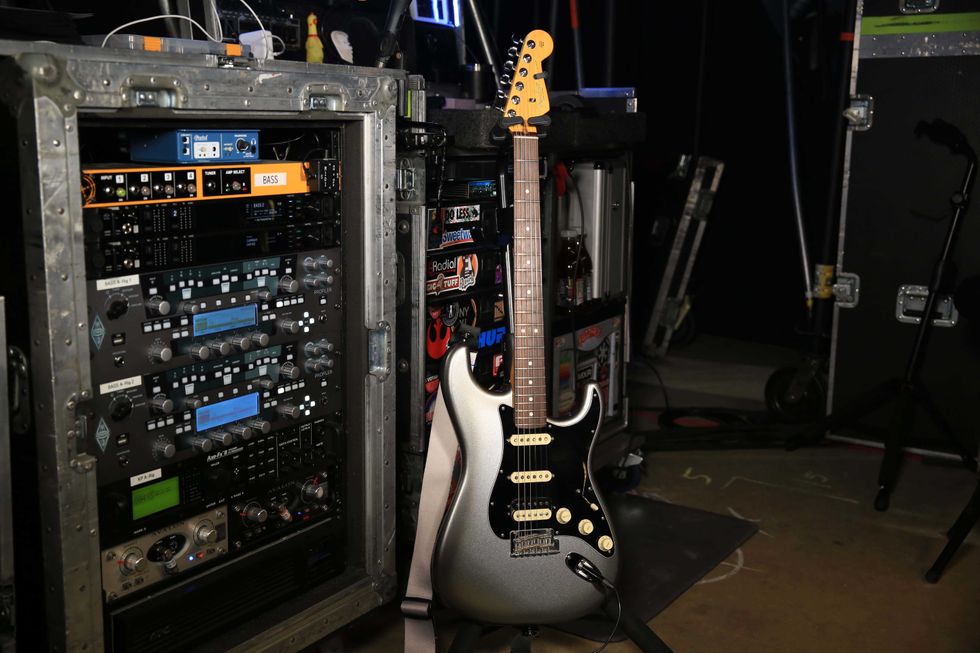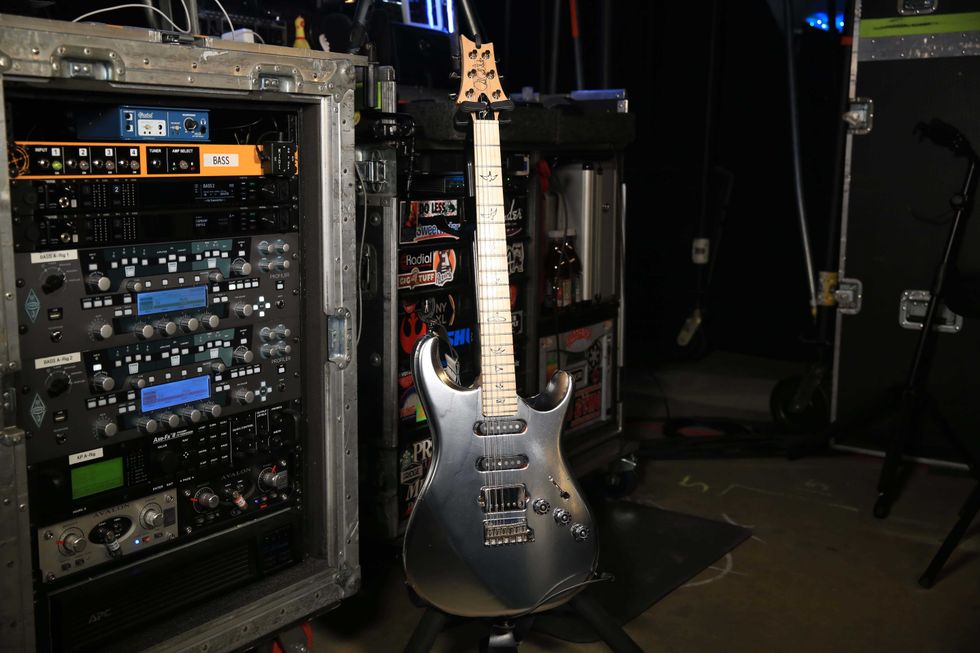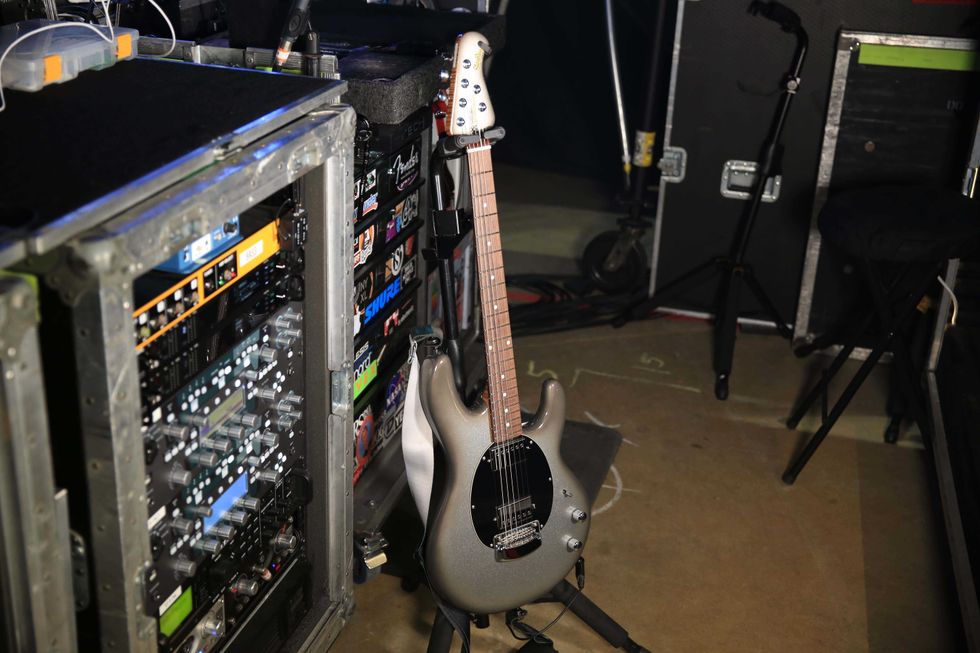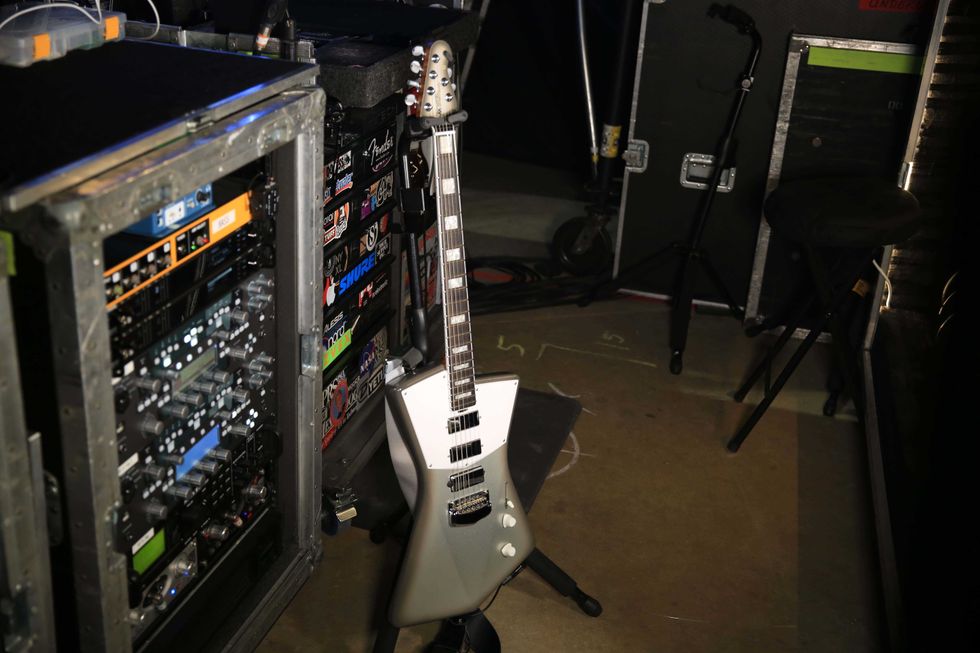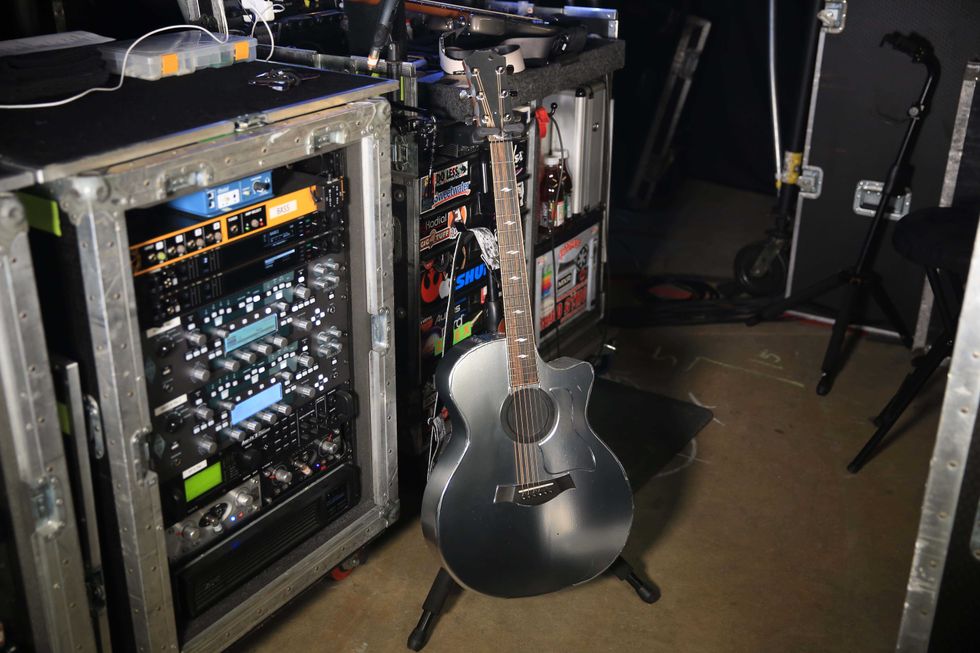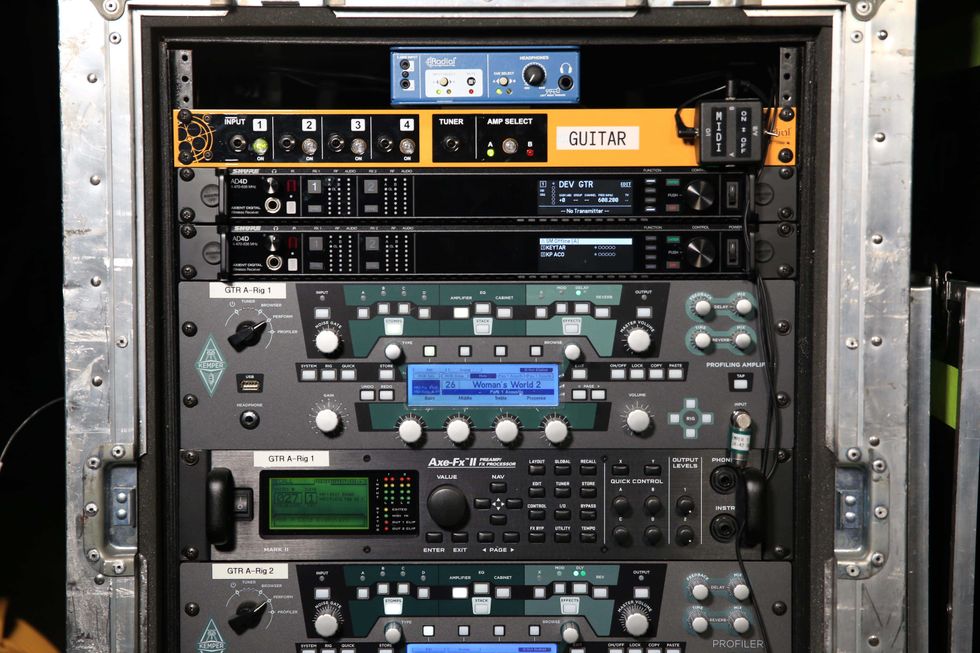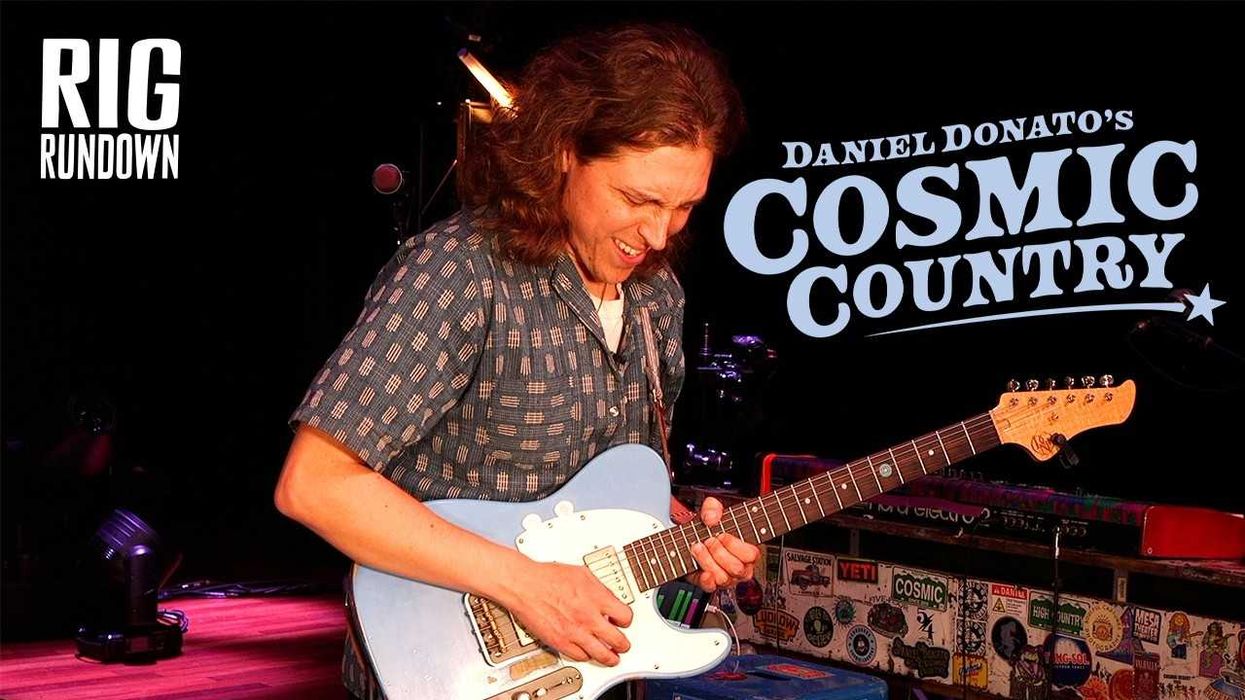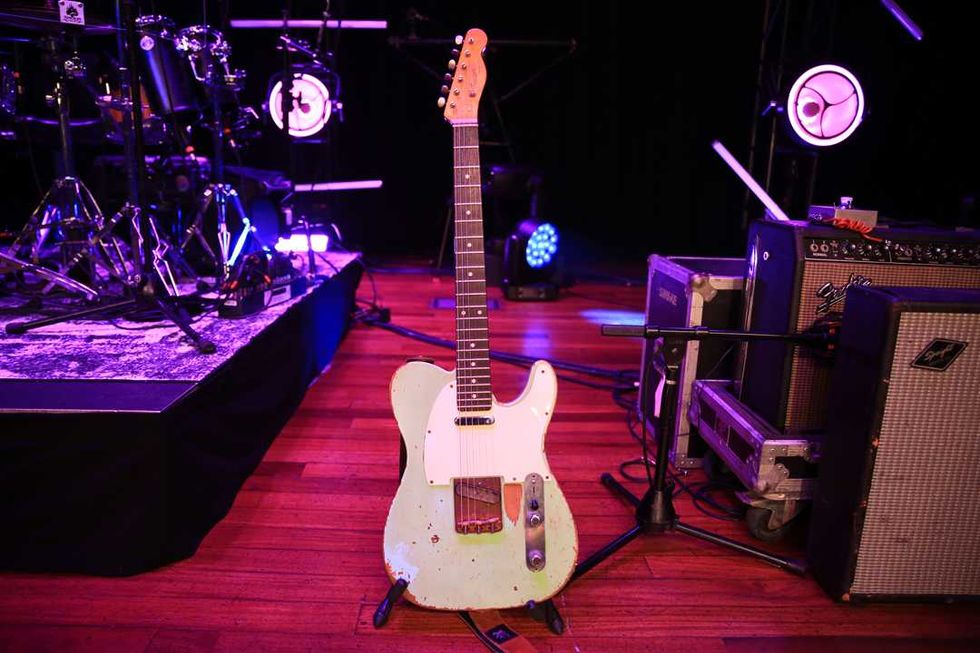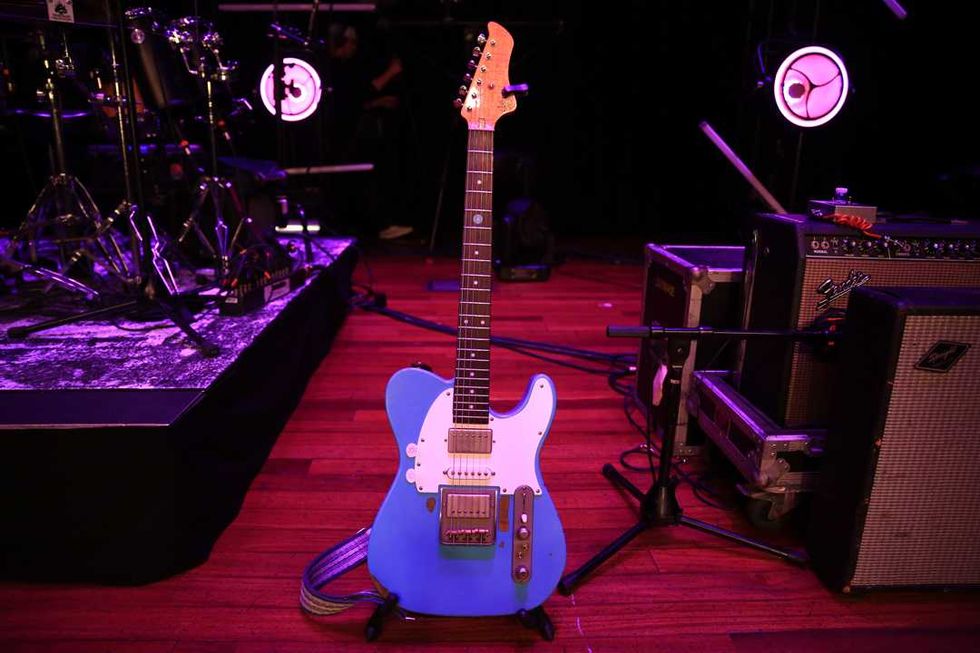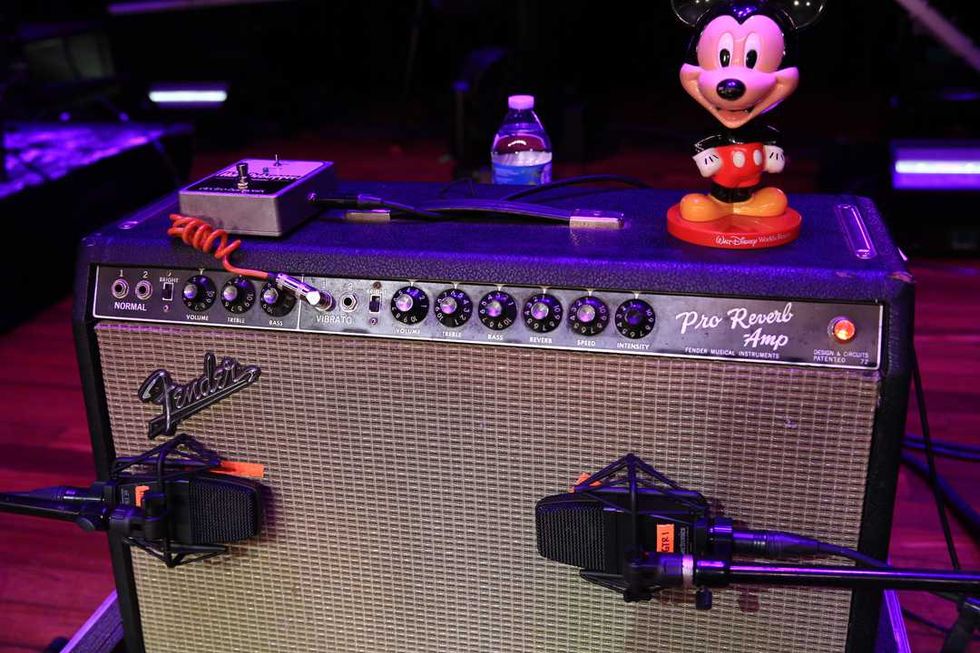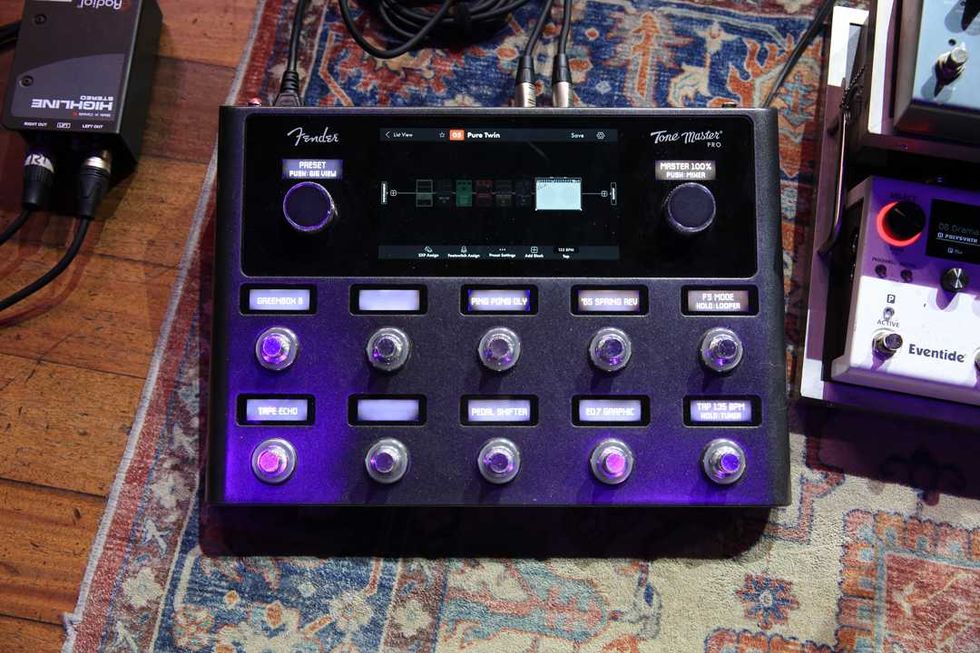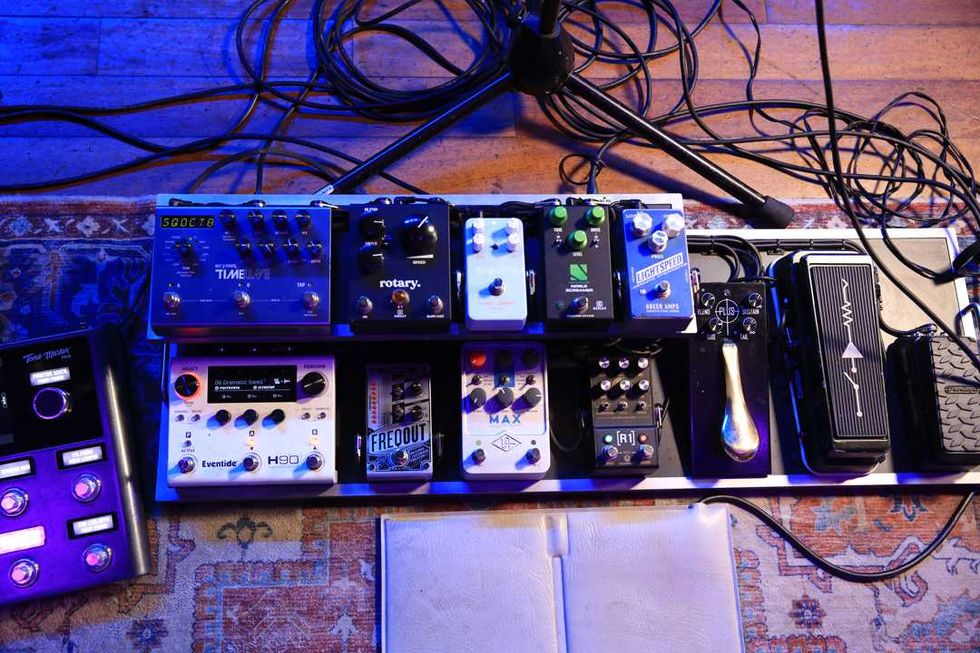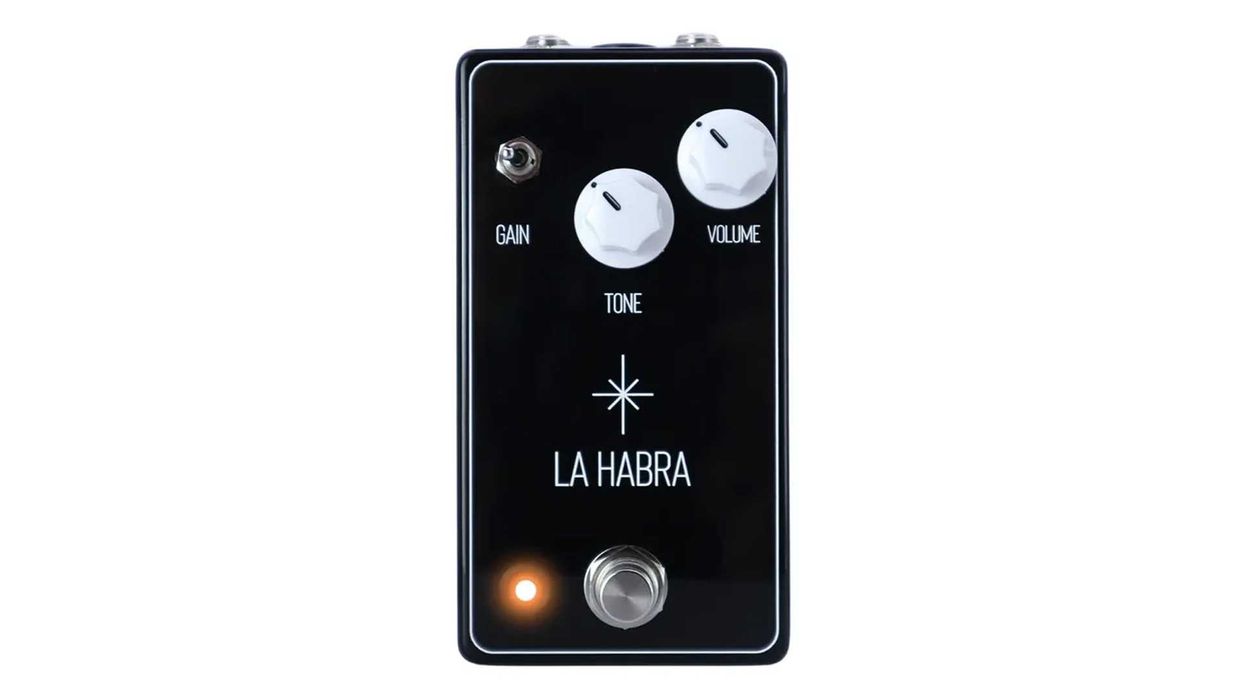If you crave classic rock guitar tones with finely balanced frequencies, exquisite dynamic response, and just the right amount of tasty tube overdrive … then run the hell away from anything made by Death By Audio. This collective of naughty noisemakers is responsible for a line of brutally aggressive stompboxes that meld guitar and synth sensibilities. Their distortion pedals typically involve clangorous cross-modulation, vicious filtering, and positively stupid quantities of gain. DBA effects can definitely get you noticed—and maybe evicted.
Beelzebub in a Box
DBA’s latest affront to blues-bro guitar sensibilities is Evil Filter, a combination filter/fuzz whose chaos factor exceeds the sum of its chaotic parts. The two effects are sonic co-conspirators, although you can use fuzz and filtering separately. (The filter circuit comes before the fuzz.) You can also connect an expression pedal (not included) to control the filter frequency.
The concept is similar to that of the Systech Harmonic Energizer, a once-forgotten filter/fuzz from the ’70s that’s acquired a new lease on life via the DIY pedal community. But Evil Filter adds new wrinkles, and it takes everything to greater extremes.
Evil Filter does its dirty work from within a chunky 7.25" x 4.75" x 1.5" enclosure. Inside are dual circuit boards populated by hand-soldered, through-hole components. Jacks and pots are board-mounted, but everything seems secure. This is probably a hard pedal to destroy, even if you’re trying. It can run on any standard 9V power supply. (Adapter not included.) And Evil Filter is manufactured in the USA.
More Gain, More Pain
Have you ever, just for fun, played through several cranked fuzz pedals in series? Evil Filter provides the same effect in a single stompbox! The filter and fuzz sections have independent output controls, and both can get ridiculously loud. With the effects cranked and combined, the results become less about playing and more about how guitar amps respond when bludgeoned by extreme levels. You can make the most restrained amp sound like it’s being burned at the stake. Talk about death by audio!
in a single stompbox!
Obviously, Evil Filter invites perverse approaches. The most perverse thing I could think of was trying to coax controllable, musically useful sounds from the device. In my demo clips, the volume controls seldom rise above their lowest quadrant. I’m also using a guitar with vintage-output PAFs. (If you want to hear Evil Filter at amp-slaying levels, check out DBA’s demo video on YouTube.)
Let’s consider the fuzz and filter separately. Then we’ll combine the nitro with the glycerin.
Death by Fuzz
The first audio example features fuzz alone. The clip begins with the same phrase played twice to demonstrate the square- and sine-wave modulation settings that gives the fuzz its gnarly edge. The square-wave setting comes first. The sine-wave sound that follows is quieter and a bit less harmonically complex.
The only other fuzz control is the output knob. (Though depending on your amp, you might be able to summon a wide range of sounds solely by tweaking the output.) At all settings the gain is so forceful that twiddling your guitar knobs has little effect.
Death by Filter
The filter section, heard alone in the second audio clip, is more complex. You can select between low-pass, high-pass, and band-pass (wah-style) filtering. You can also set the amount of feedback/resonance and toggle between normal and high-resonance modes. Strong resonance settings at higher frequencies elicit banshee whoops and whistles. At lower frequencies, the resonance can shake houses.
With an expression pedal connected, Evil Filter becomes a mutant wah whose range extends from pitches too low to perceive to approximately an octave above the highest frequencies likely to emerge from a guitar amp’s speaker. This is a double-edged sword—you can get lots of surprising sounds, but it may take extra finesse to wrangle them. With the low- or high-pass filter selected, the control pedal’s outer range descends to silence. You can create cool volume-swell effects as you advance the pedal into audible frequencies, but it can be hard to home in on specific frequencies.
Ratings
Pros:
Extreme fuzz and filter effects. Realtime filter control. Well made.
Cons:
Bulky. Often unpredictable and hard to control. Risk of eviction.
Tones:
Ease of Use:
Build/Design:
Value:
Street:
$380
Death By Audio Evil Filter
deathbyaudio.com
Connecting a controller pedal doesn’t disable the frequency knob—the two pots operate in series. So while there’s no way to adjust the filter bandwidth (Q) or set the overall frequency range, you can floor the pedal and then tweak the frequency knob to define an upper limit. But you may need to experiment with different controller pedals to find the ideal taper. On the Dunlop and Yamaha controllers I initially tried, the dramatic sounds were clustered at one end of the pedal’s range. But third time’s the charm: A Moog controller pedal worked great.
Double Death
When you combine the fuzz and the filtering, black magic happens. The fuzz is big, dumb, and loud, but the extreme frequency ranges that can make wah-style filtering so tricky work wonderfully with the fuzz, attenuating the distortion and foregrounding specific frequencies. Many tones have a clanking, ring-modulated character.
The tonal range is remarkable. You can even get semi-pretty bell-like tones using resonant high-pass settings. Notes tend to have tough, spitting attack. Evil Filter is particularly adept at mimicking the scraping at the back of your throat as you prepare to hock a loogie.
Remember, the audio clips feature Evil Filter alone. Many tones that might seem too harsh, brittle, or incomprehensible when soloed might work brilliantly within a multi-guitar mix.
The Verdict
Come on—you already know whether a noise bomb like Evil Filter suits your style. (Hint: Do words like “anarchic,” “unpredictable,” and “really frickin’ loud” attract or repel?) Sonic troublemakers are likely to dig this thing. (I certainly do!) For better or worse, I guarantee that this unique, well made, and fun pedal can spit up sounds you’re unlikely to get from other stompboxes. The next move is yours.
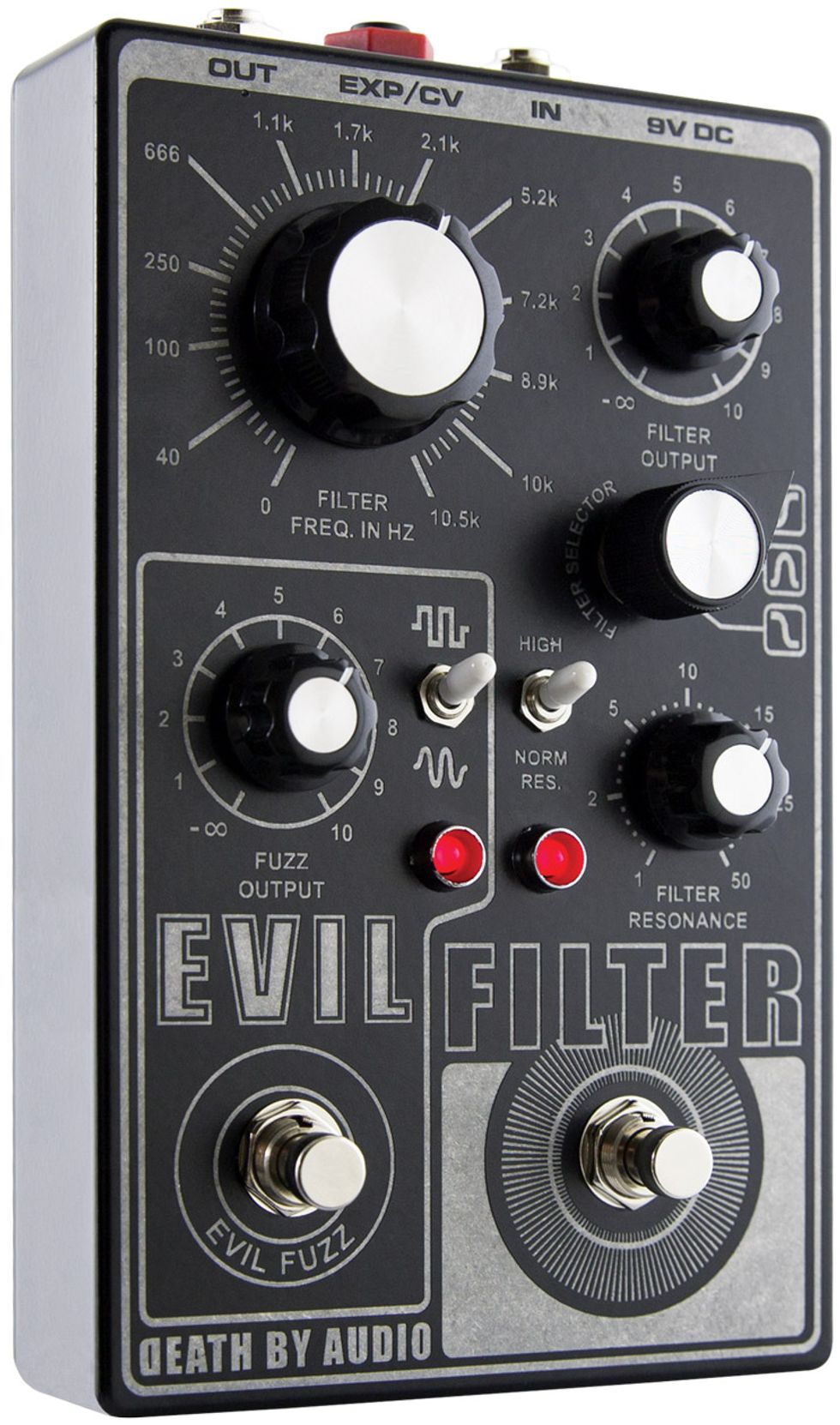

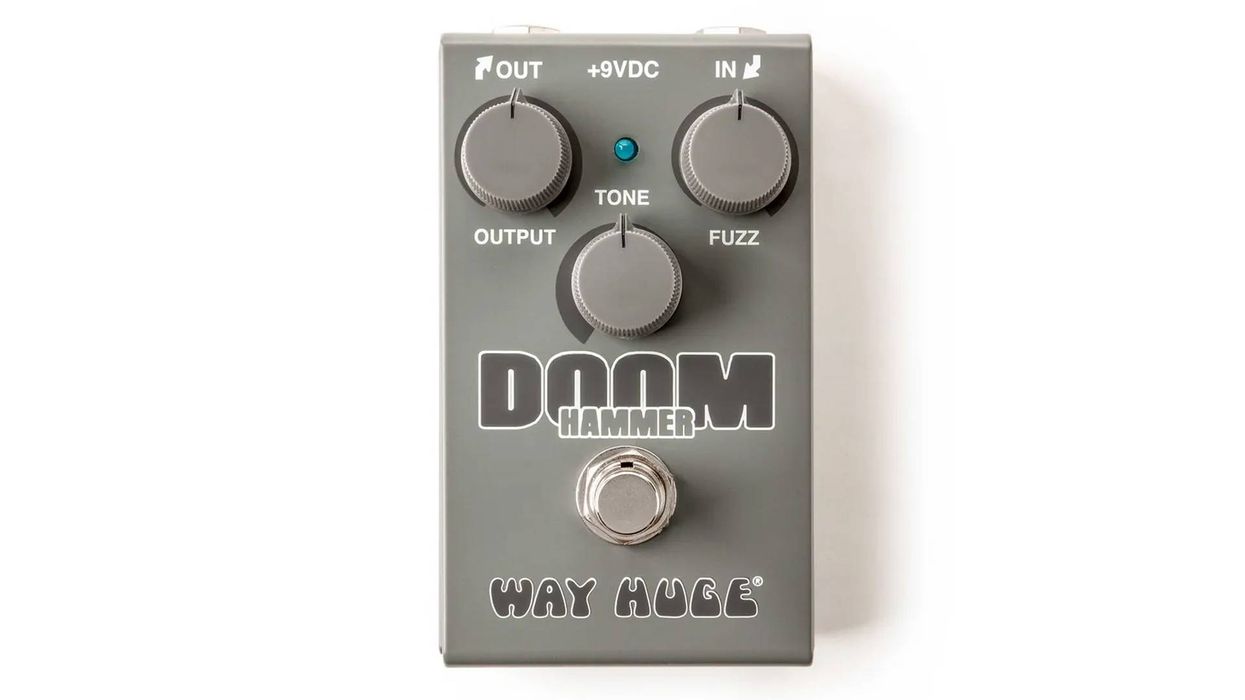
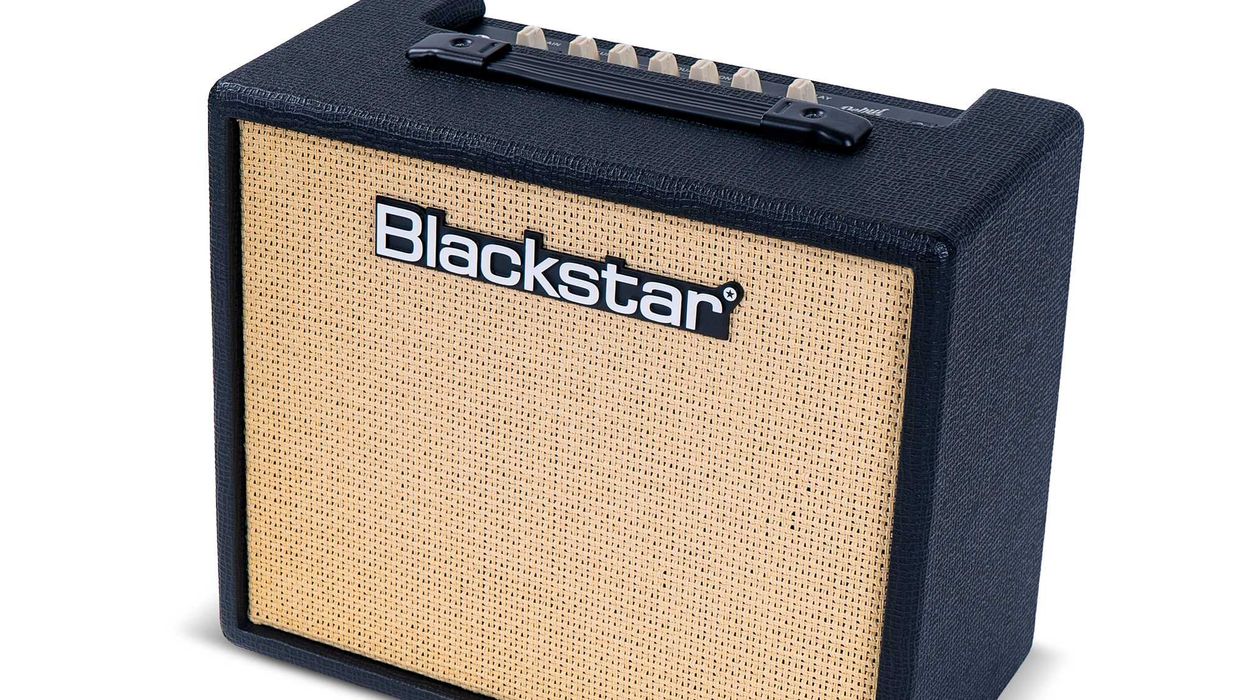
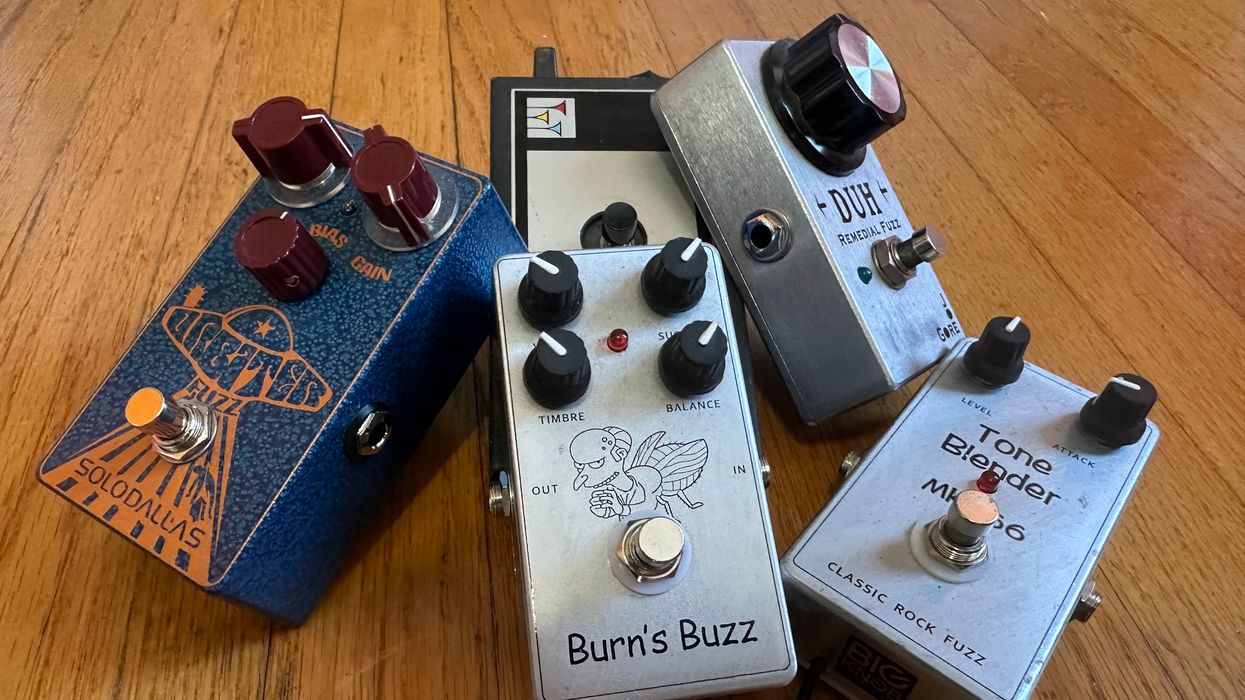

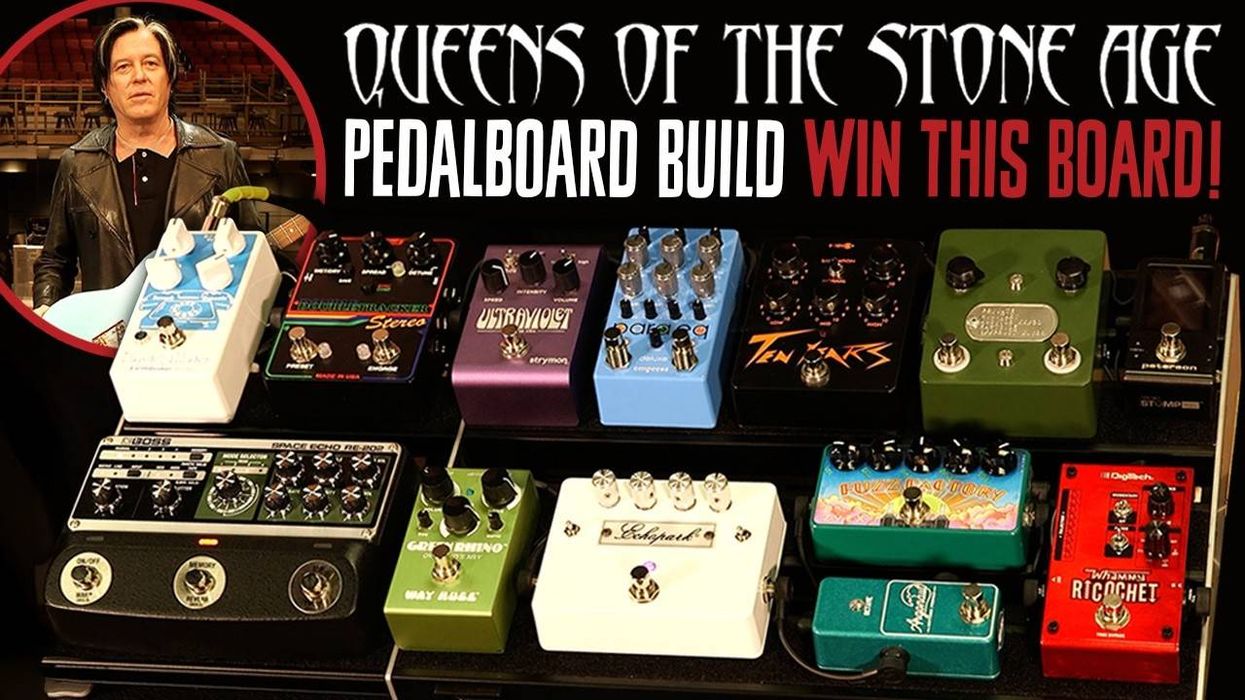
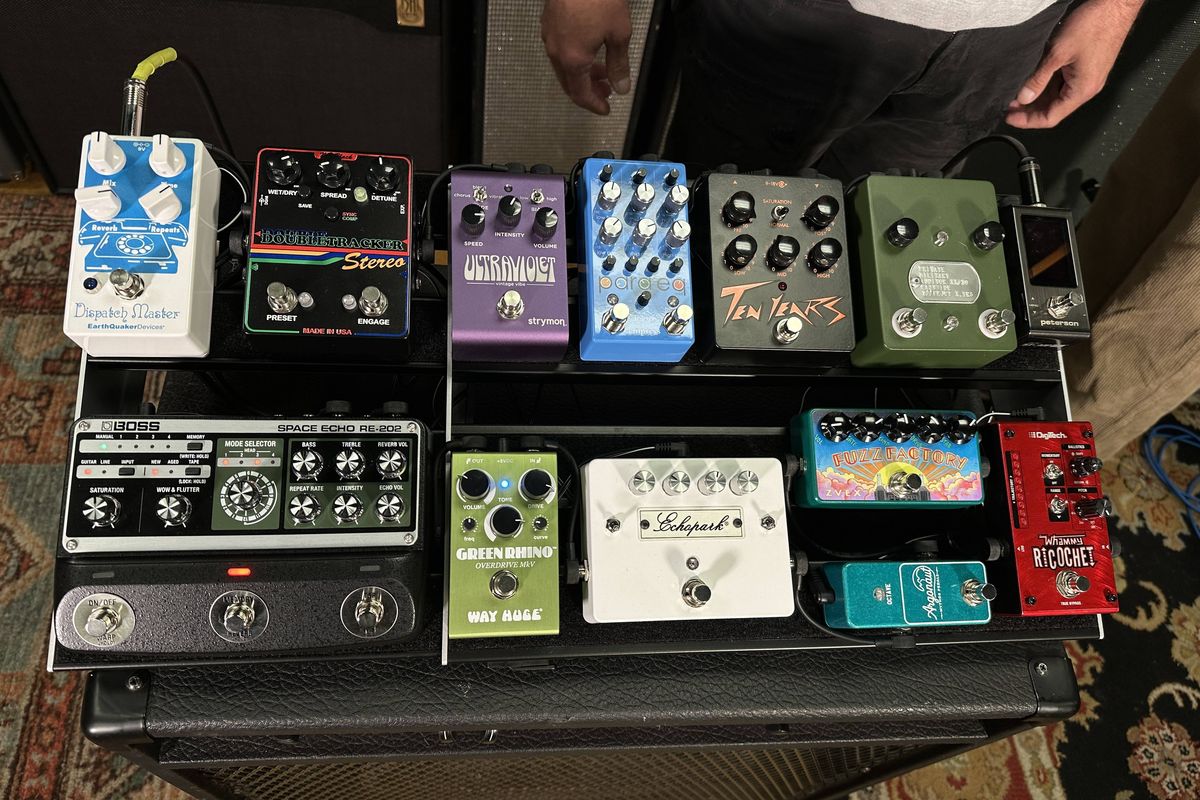
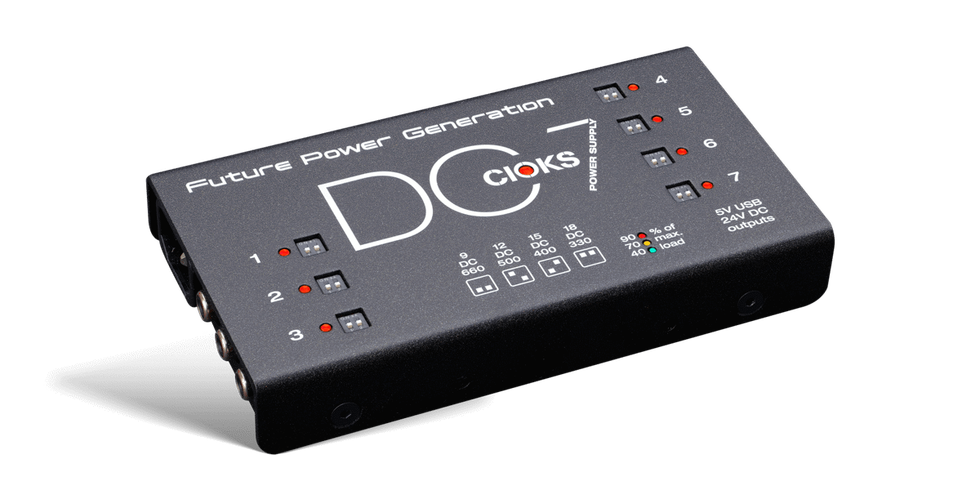
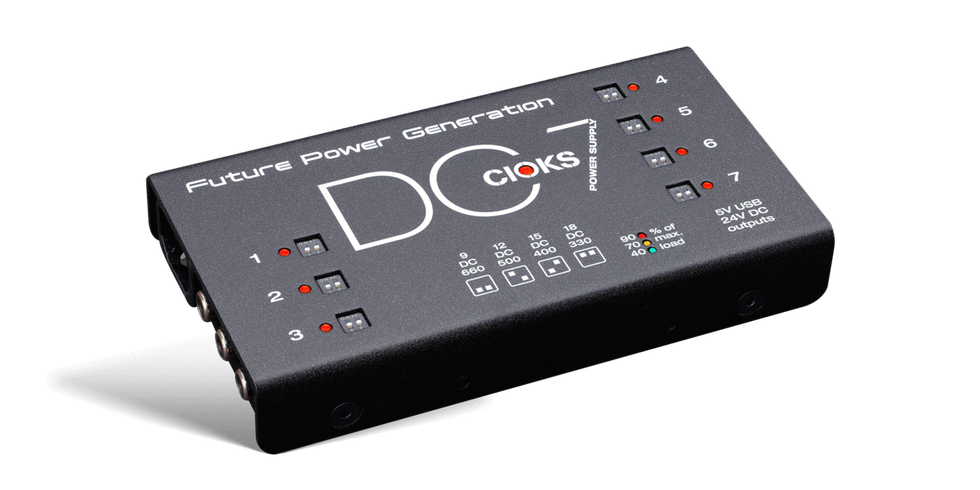
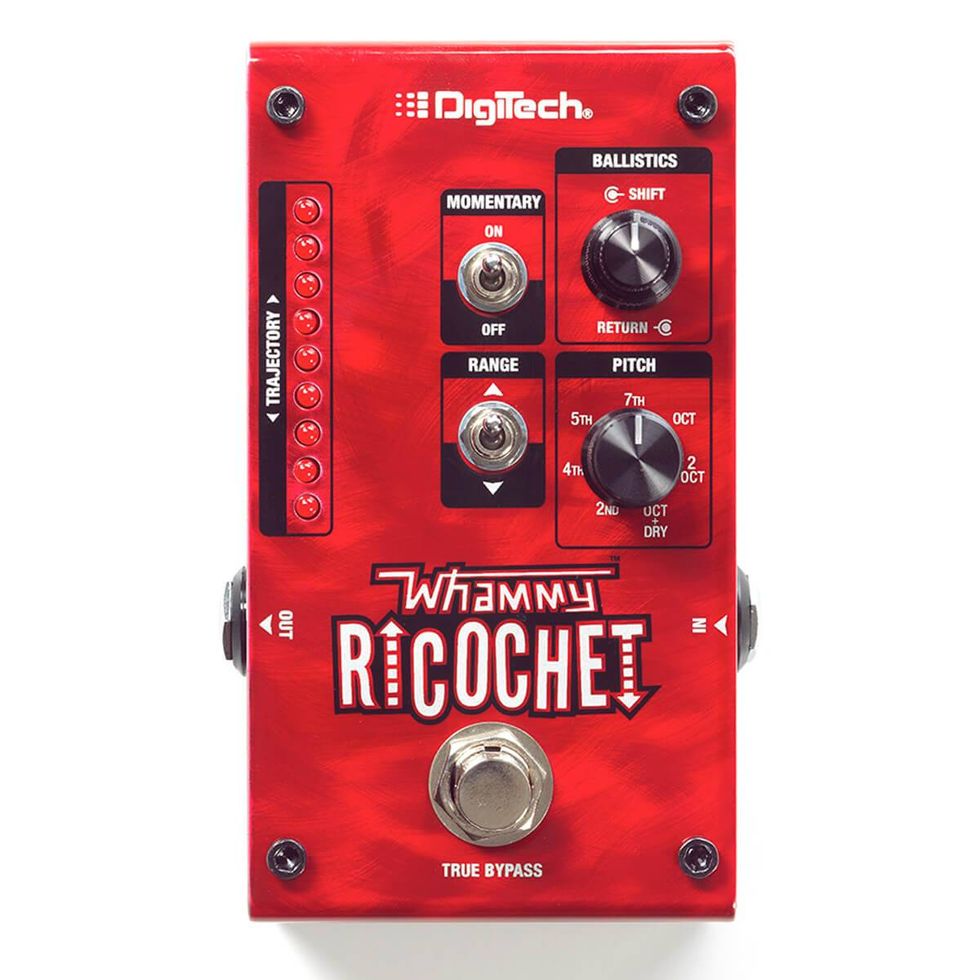
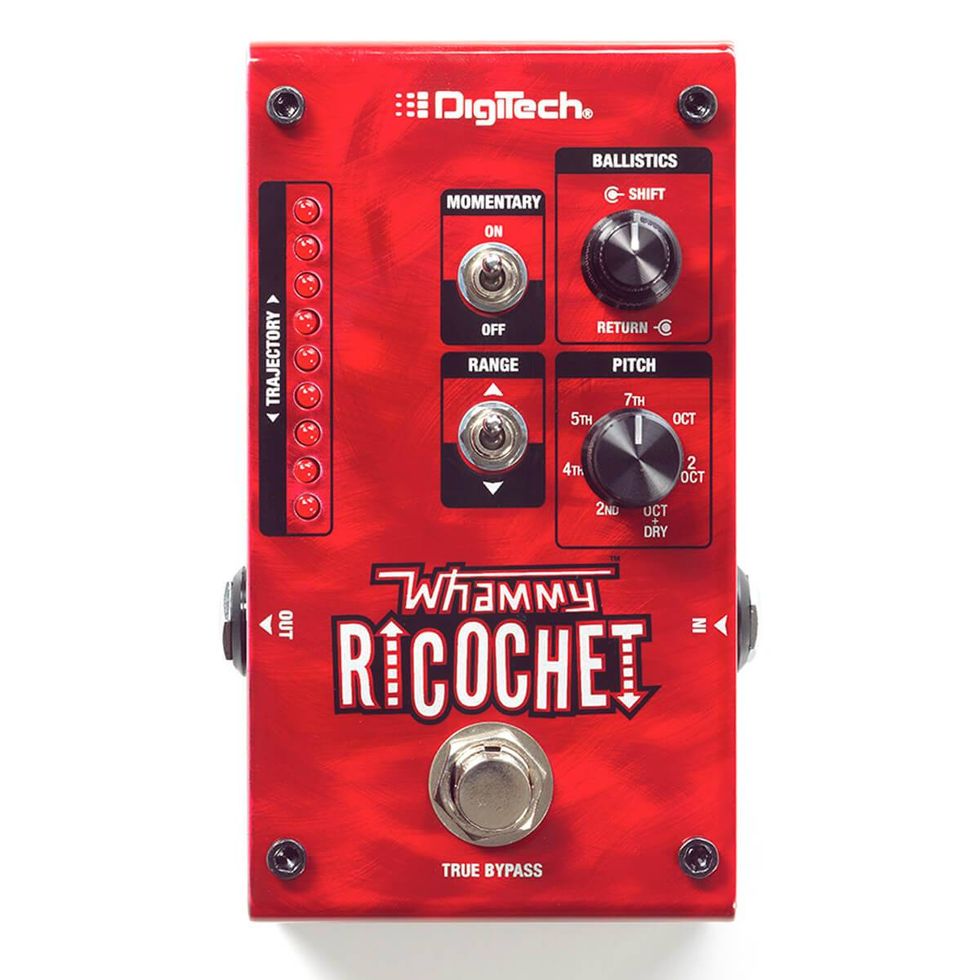
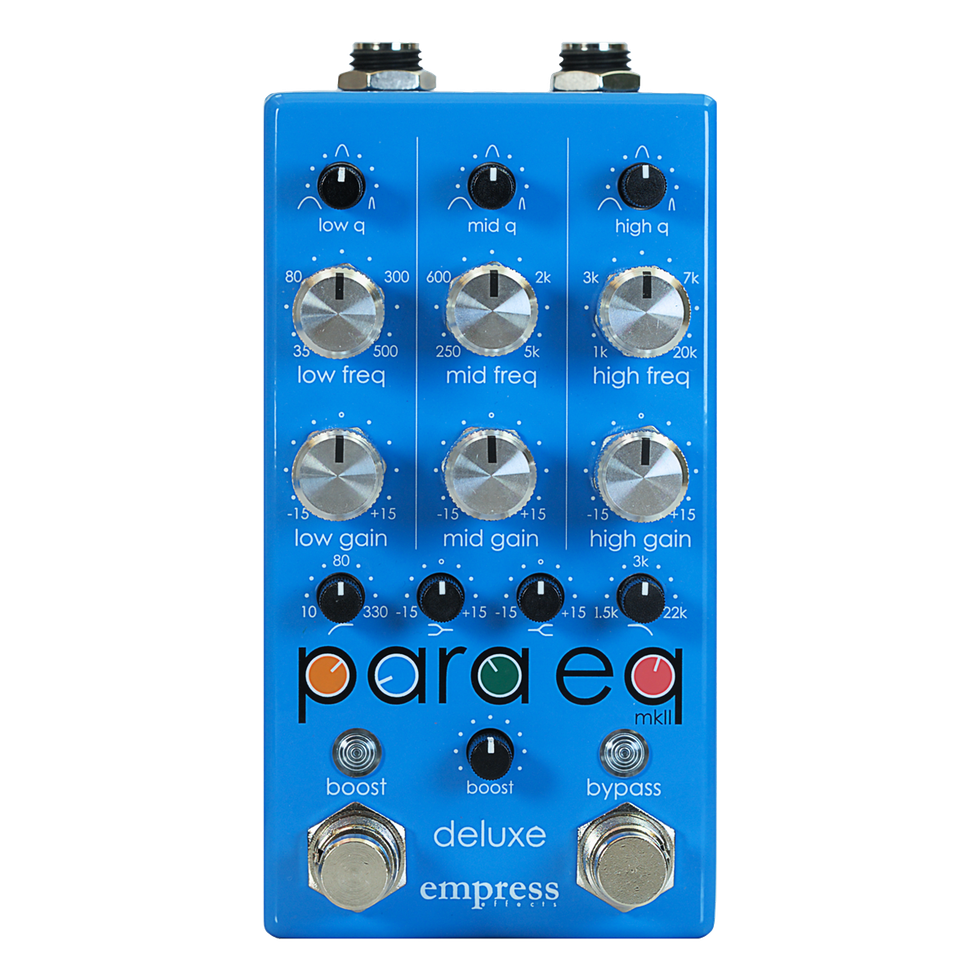
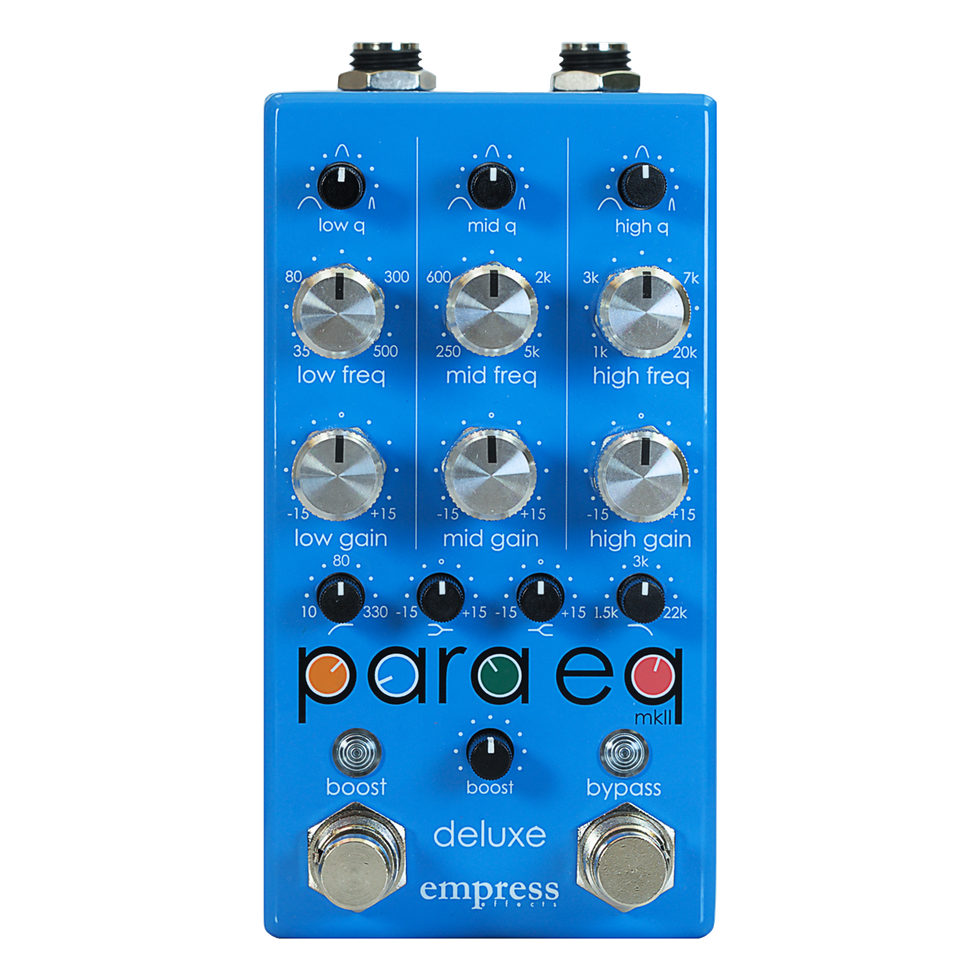
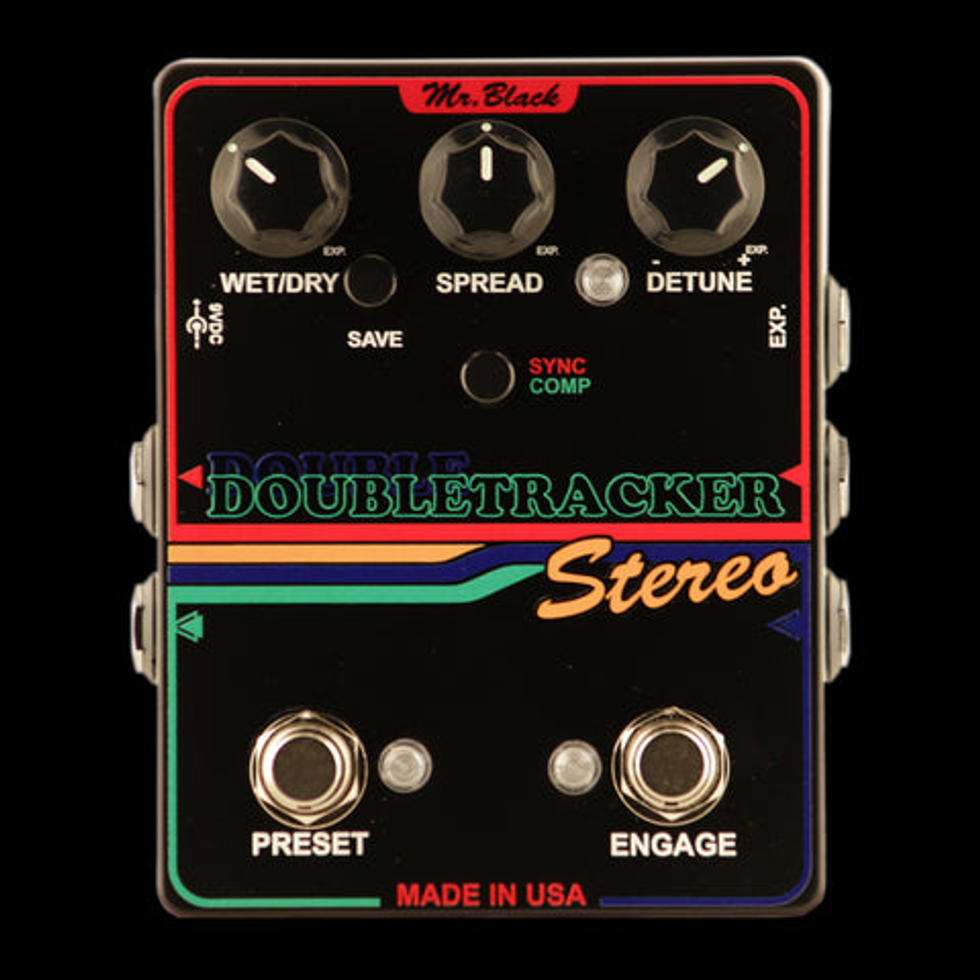
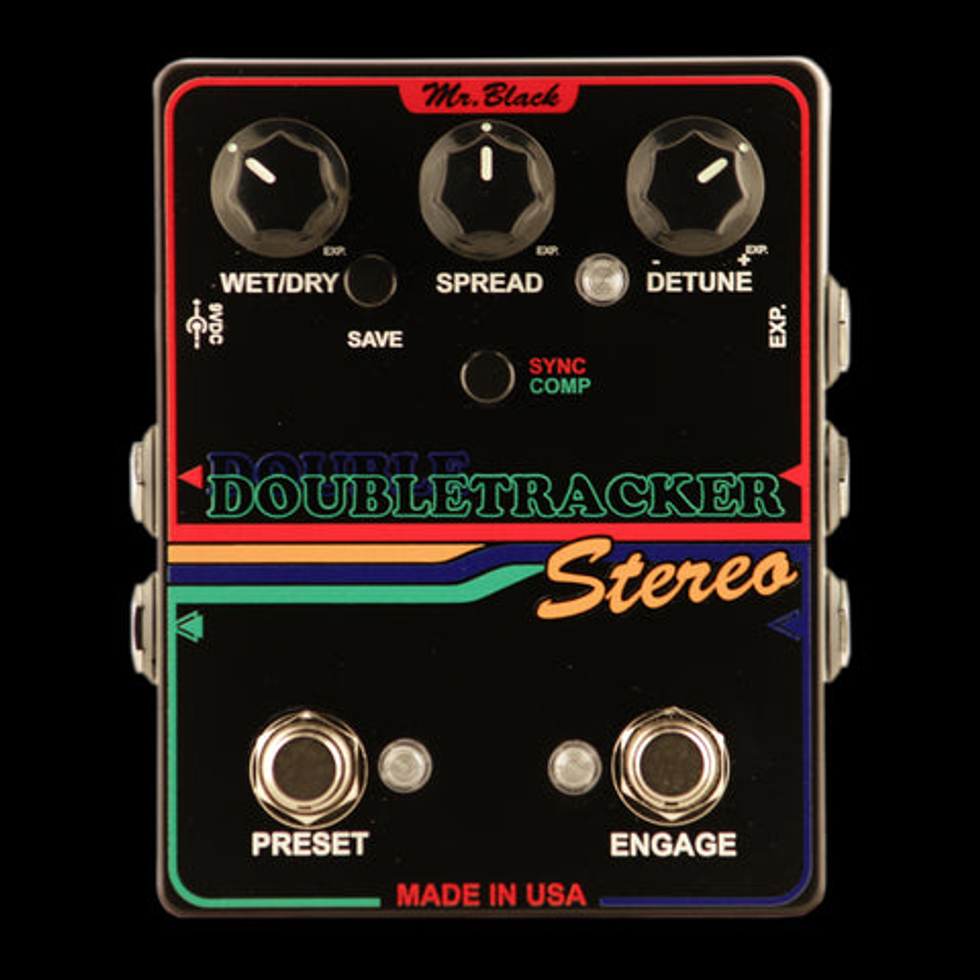
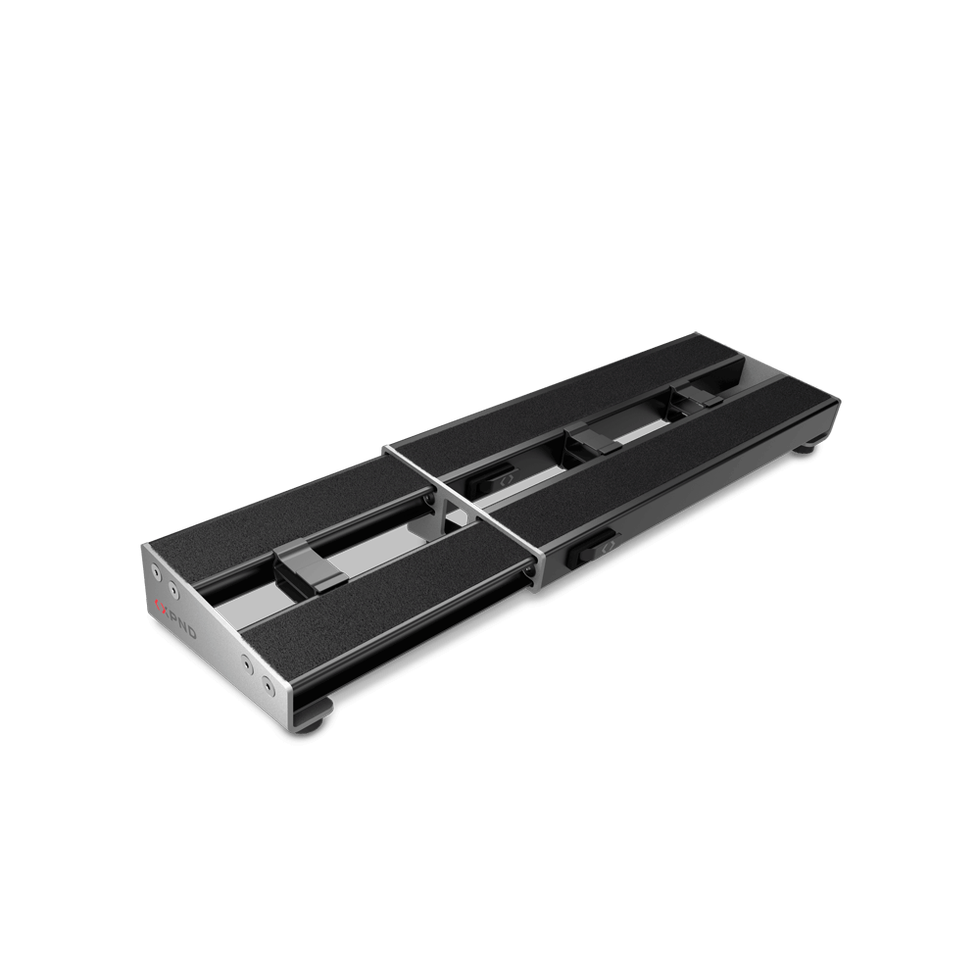
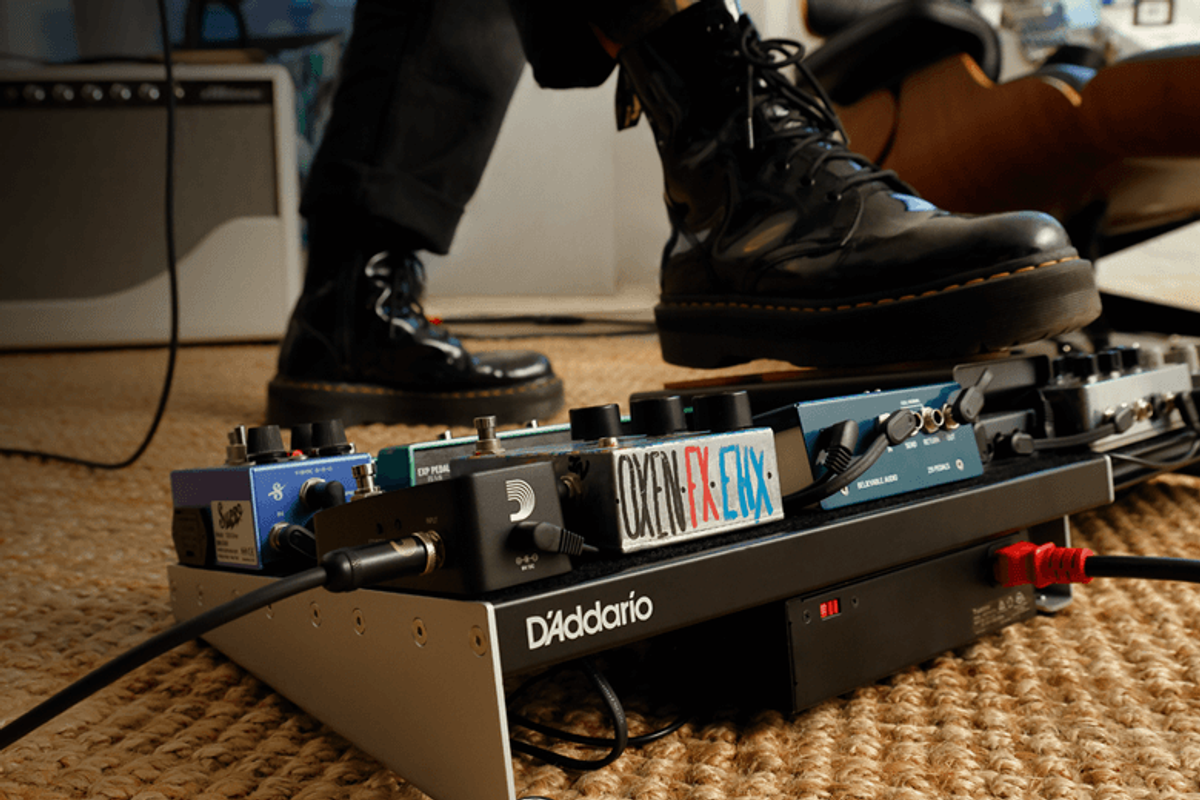
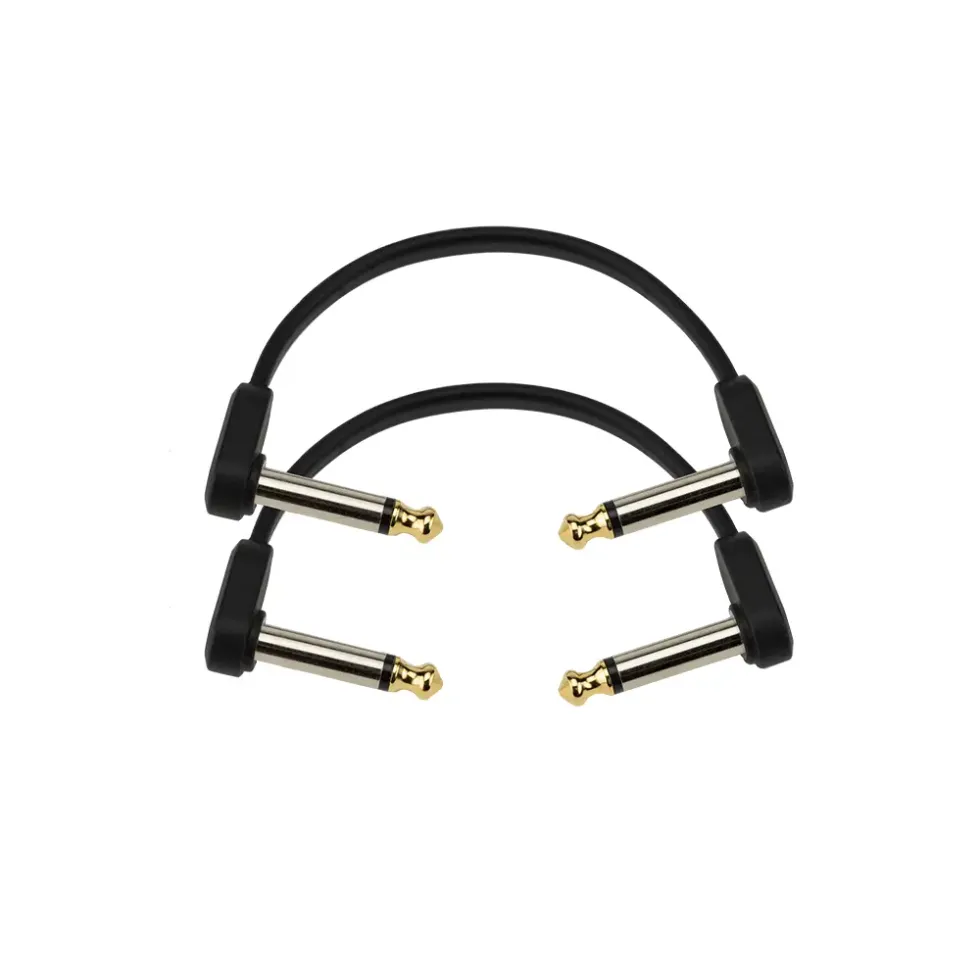
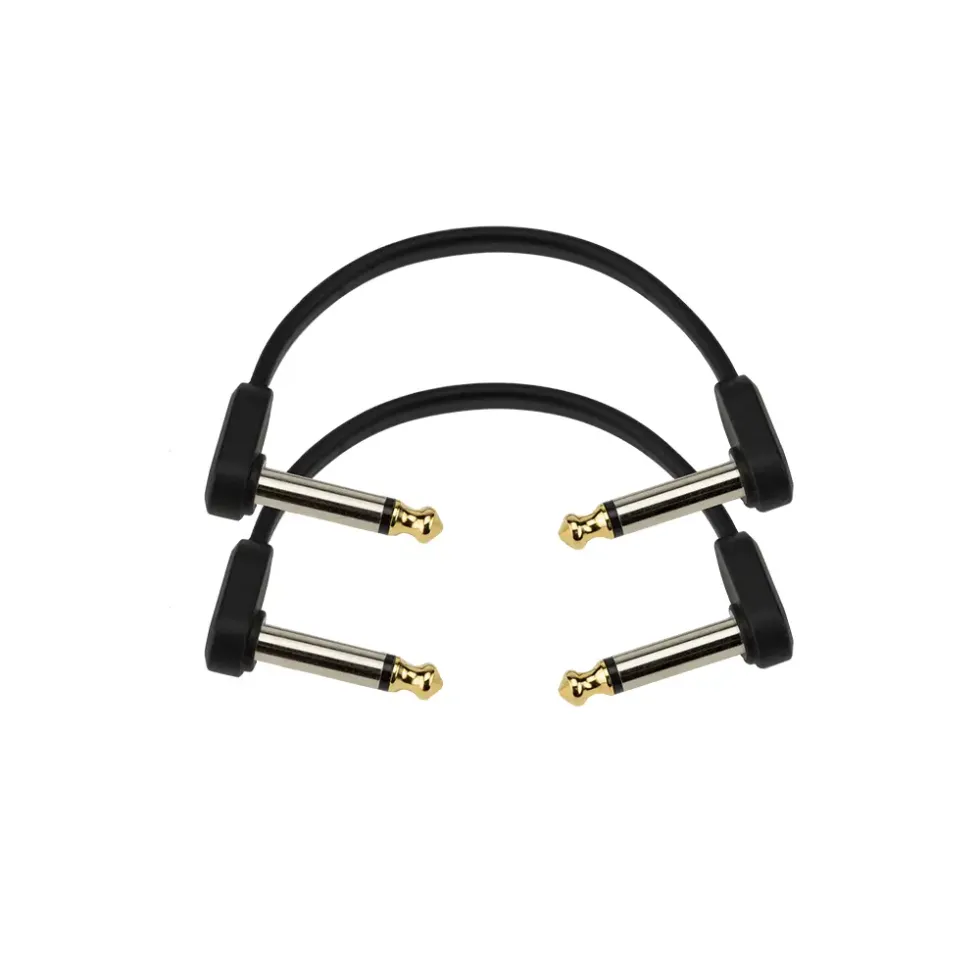
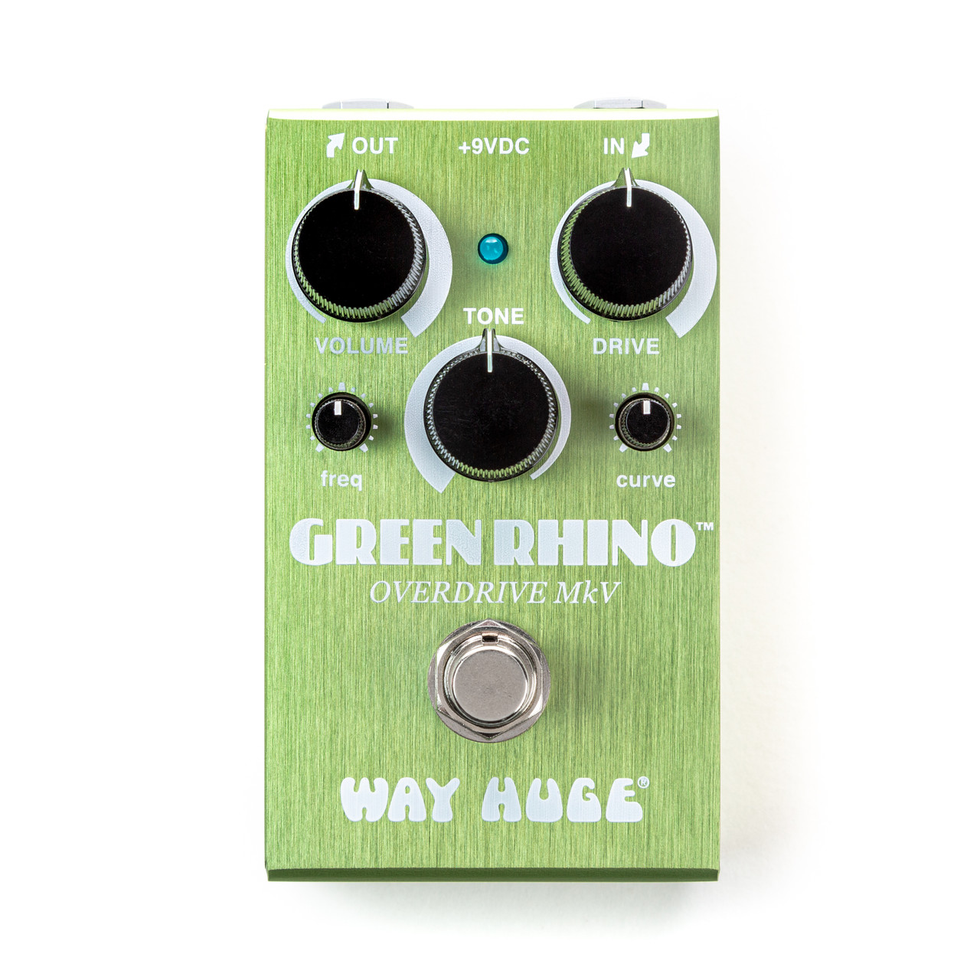
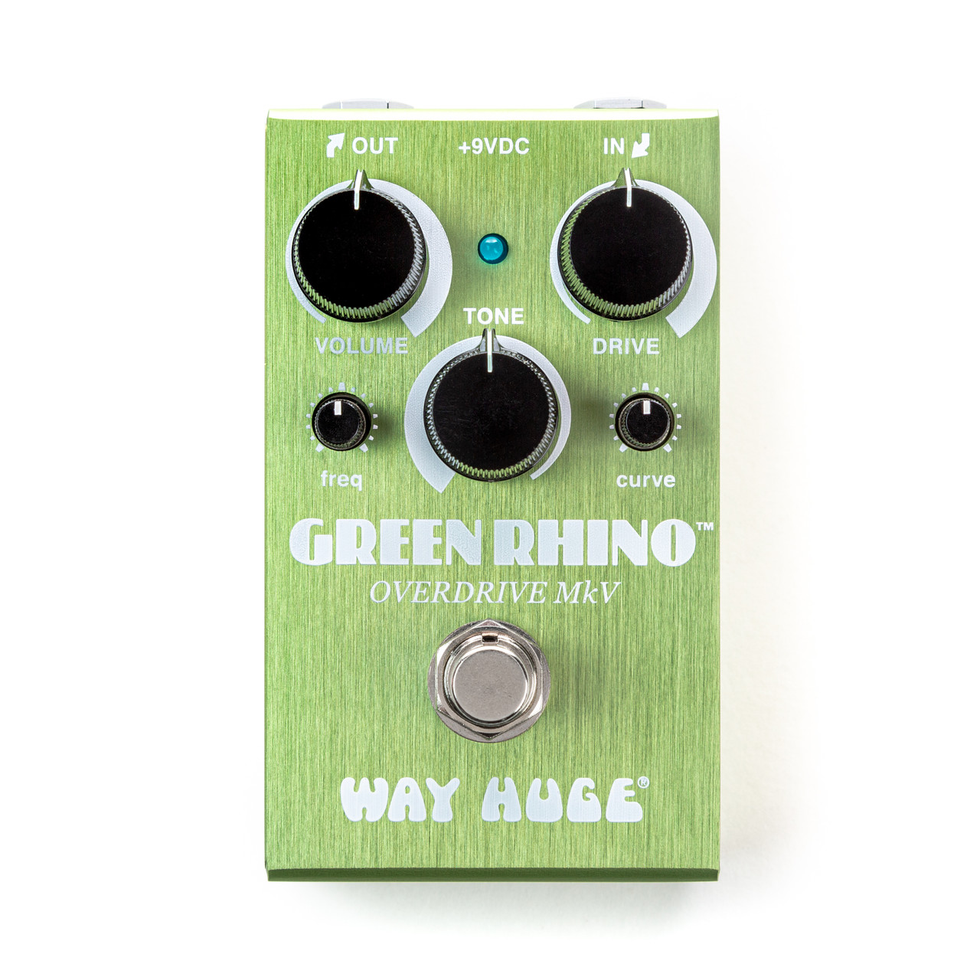
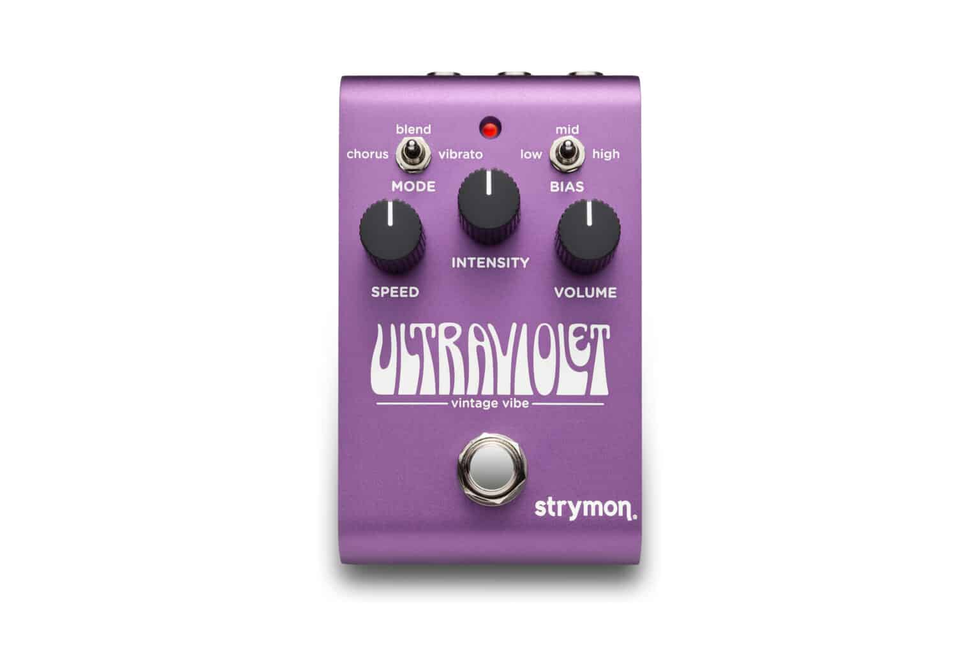
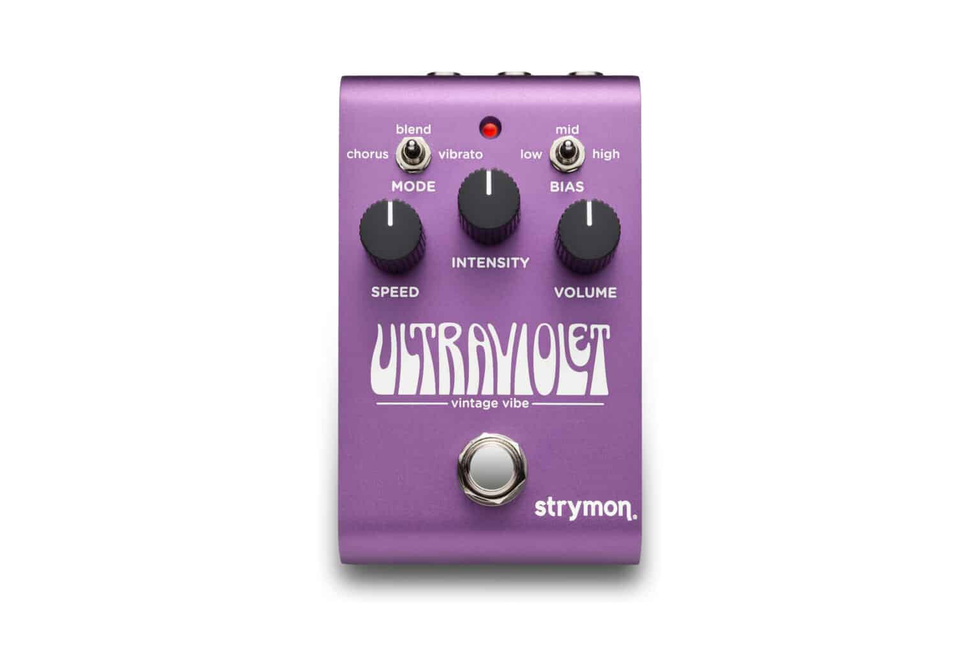
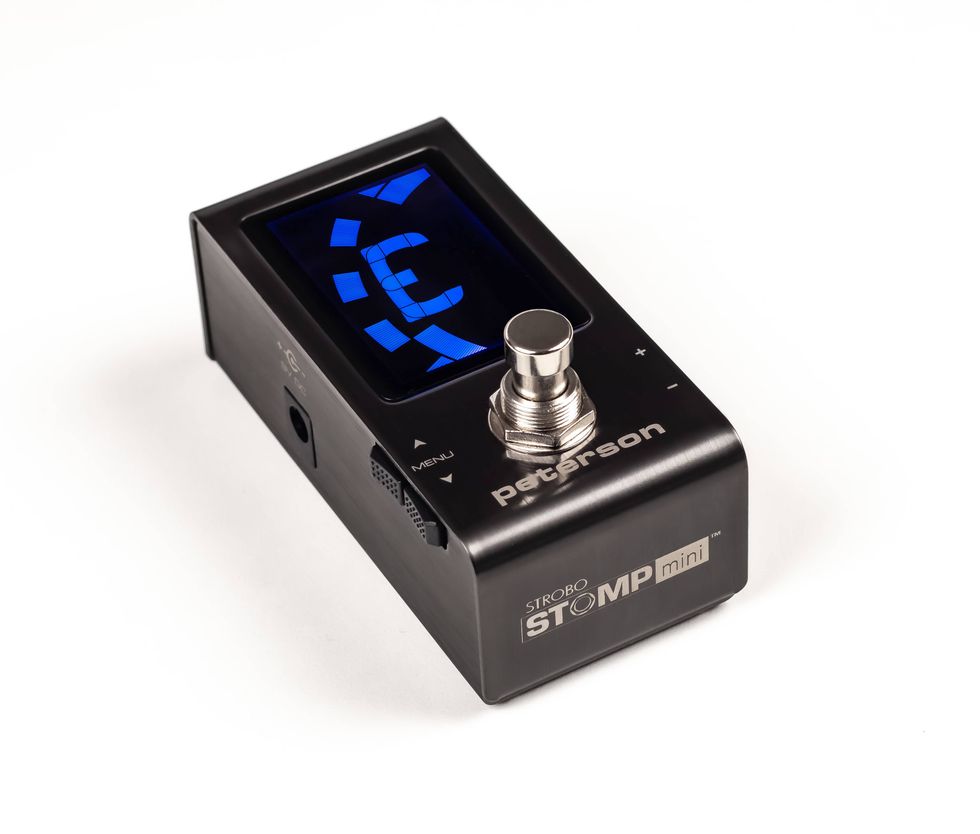
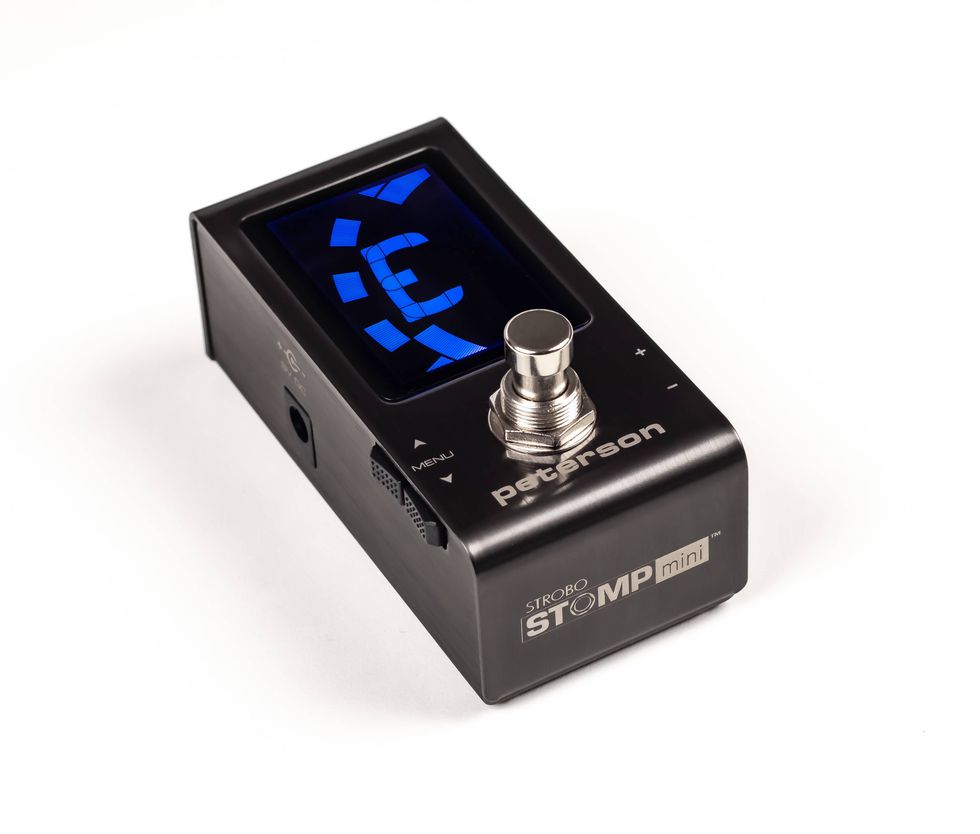
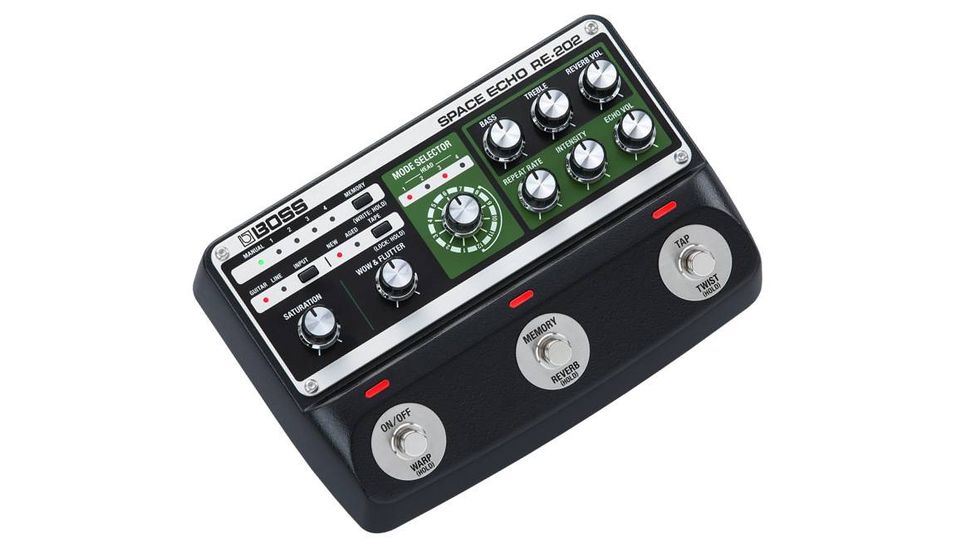
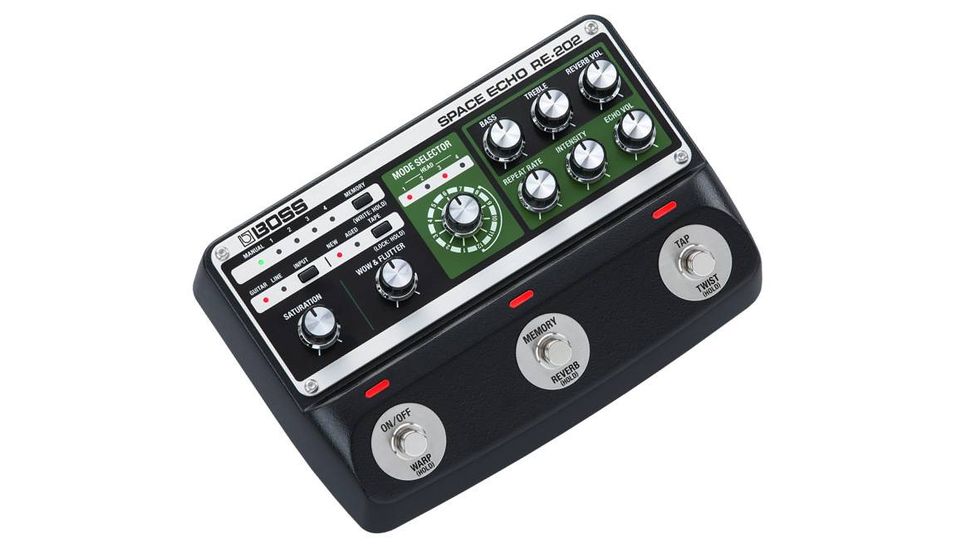
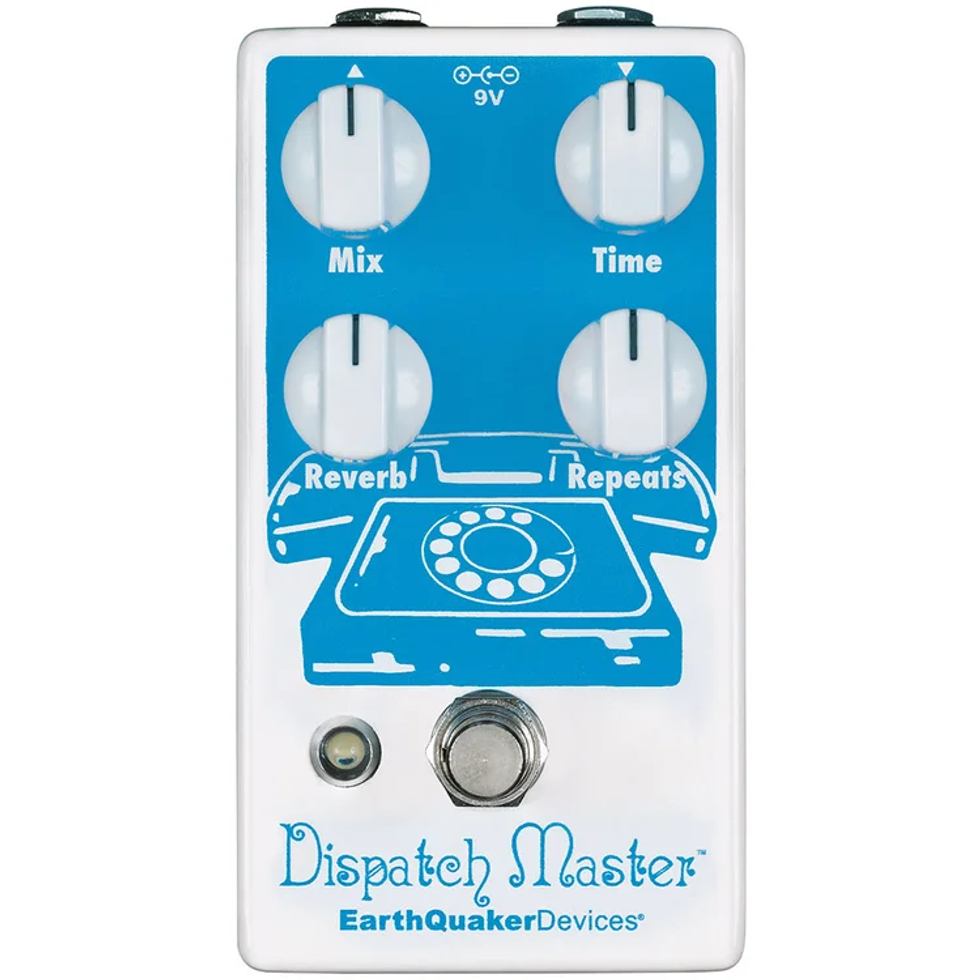
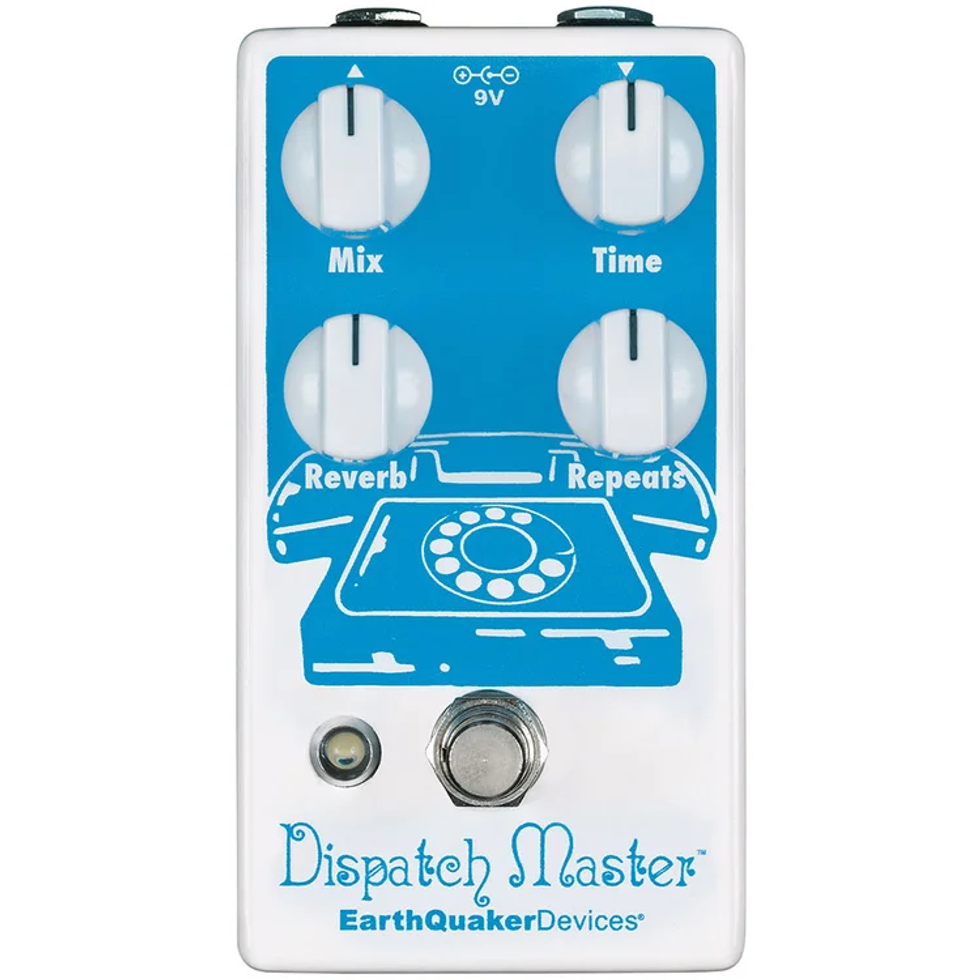
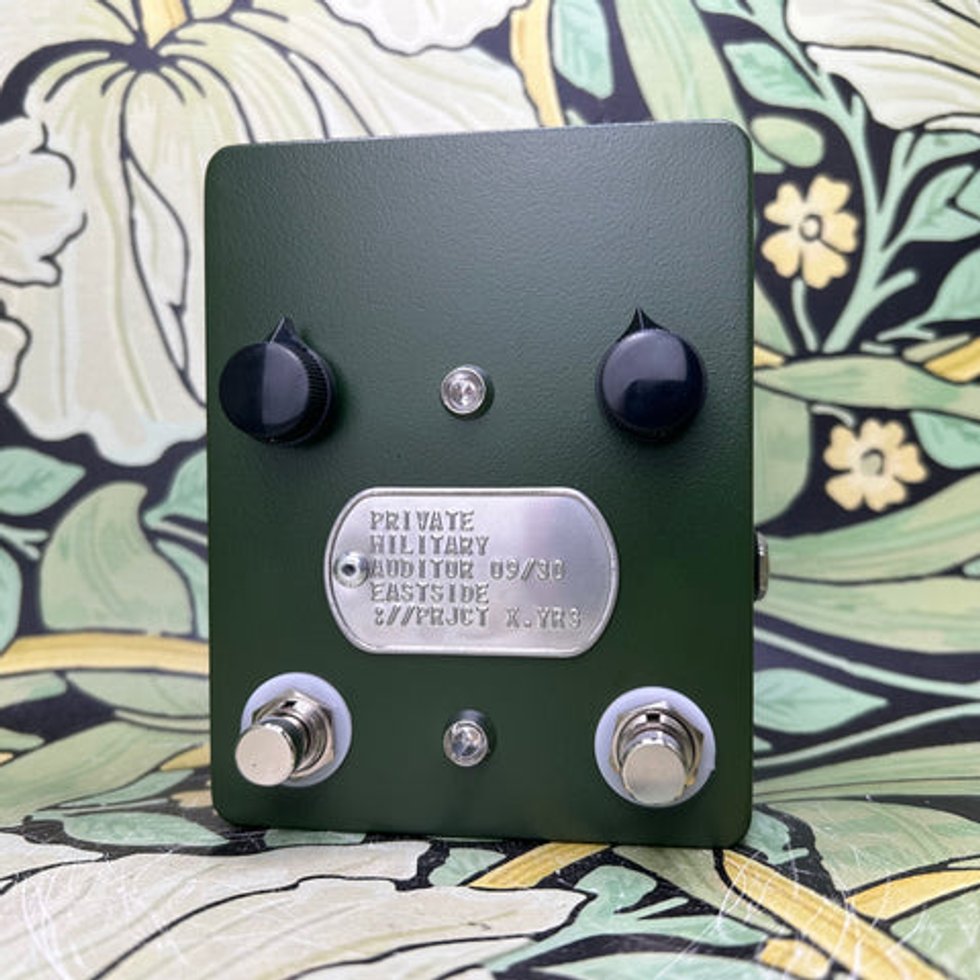
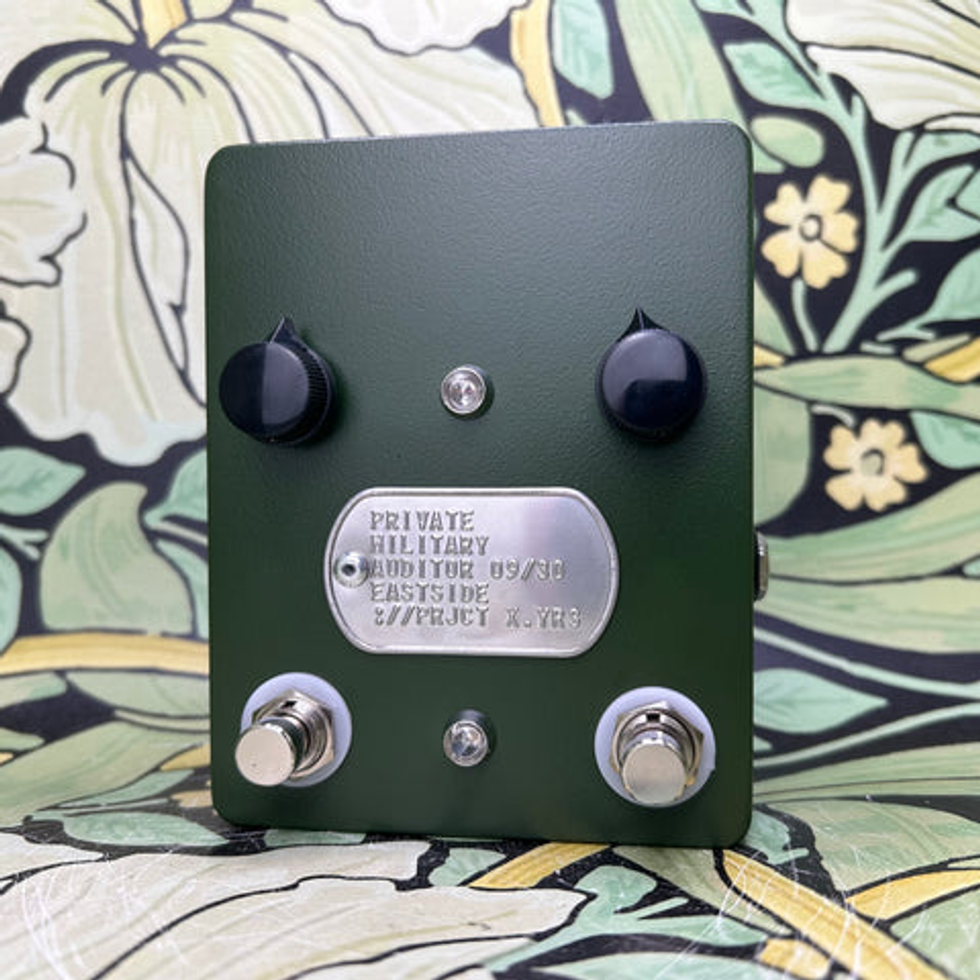
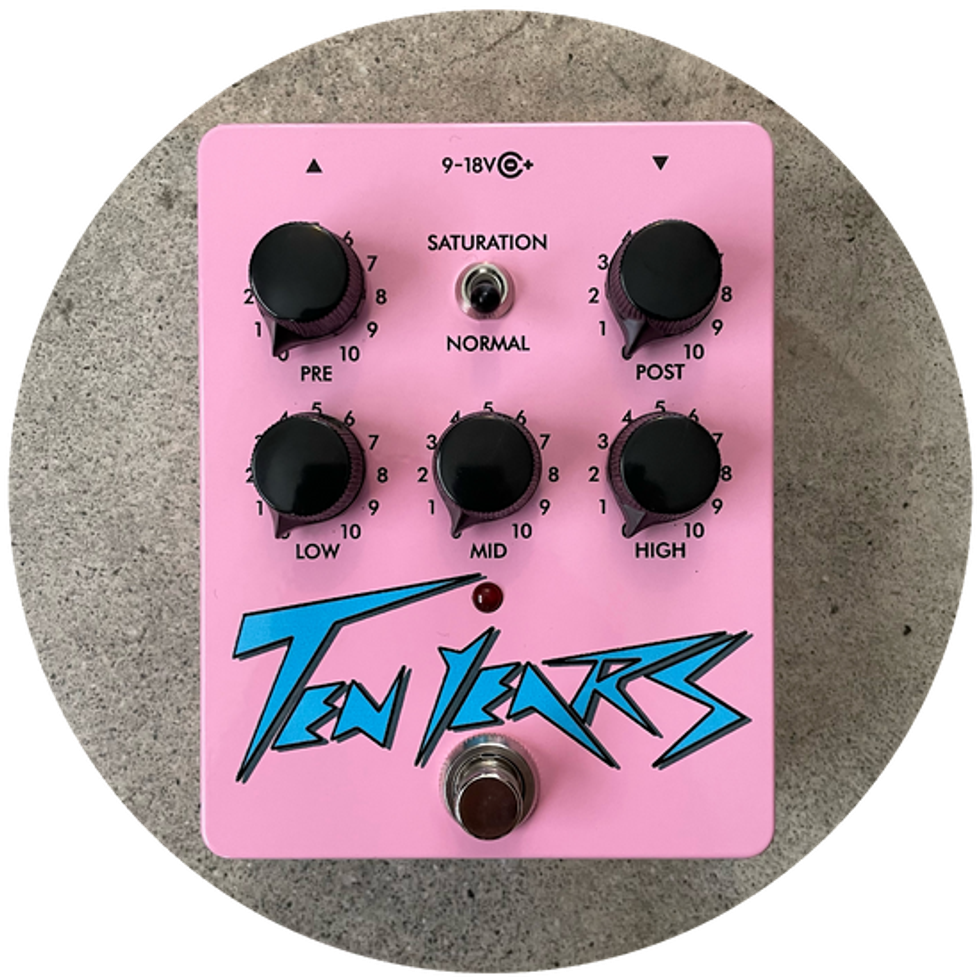
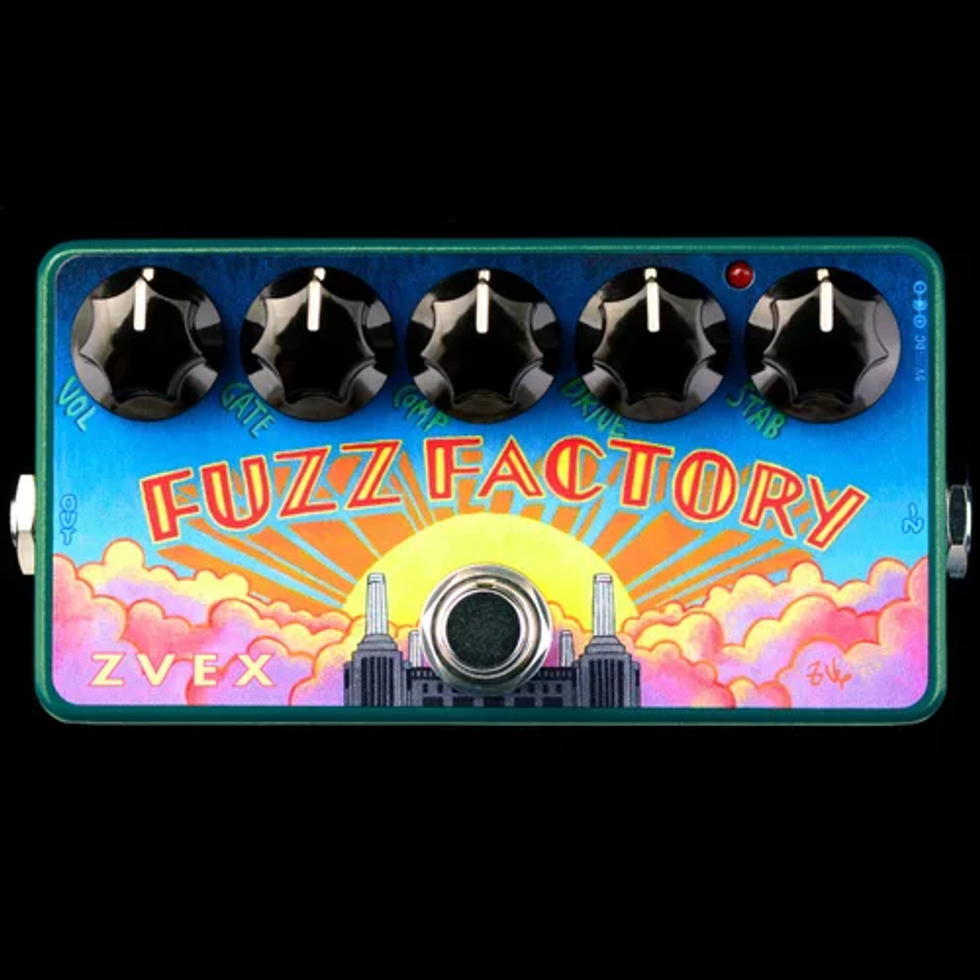
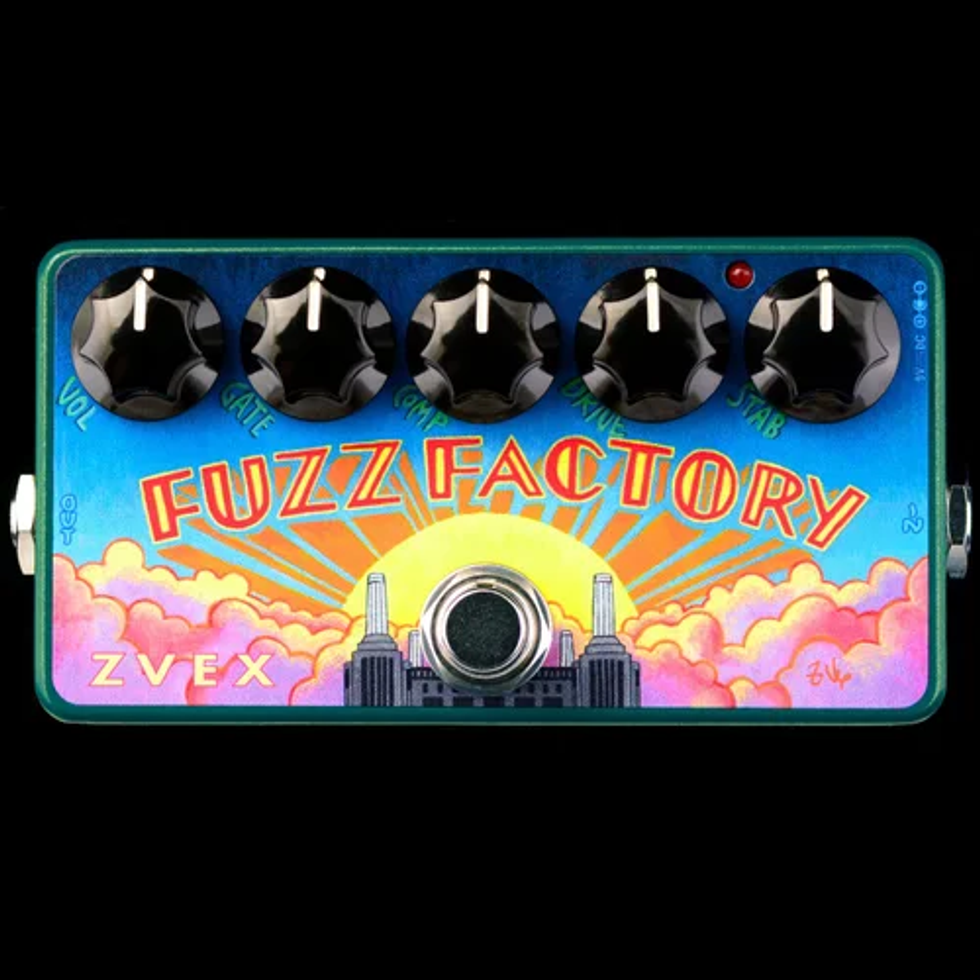
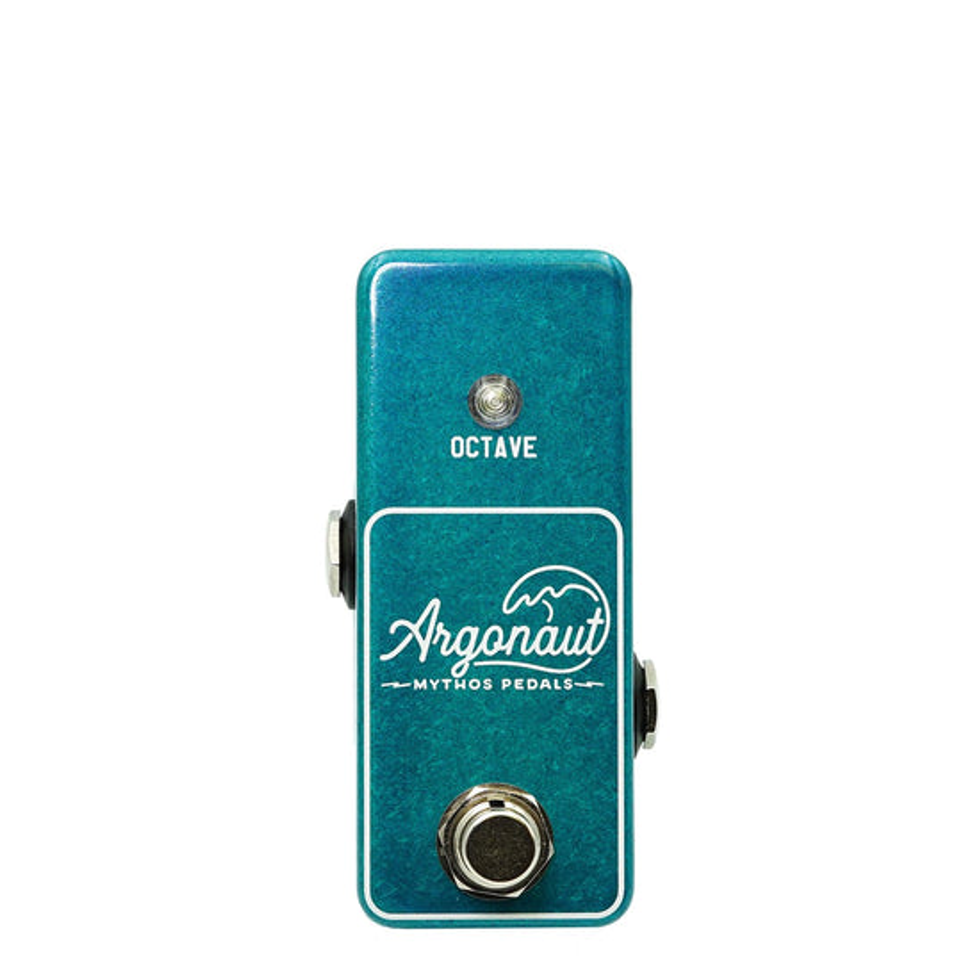
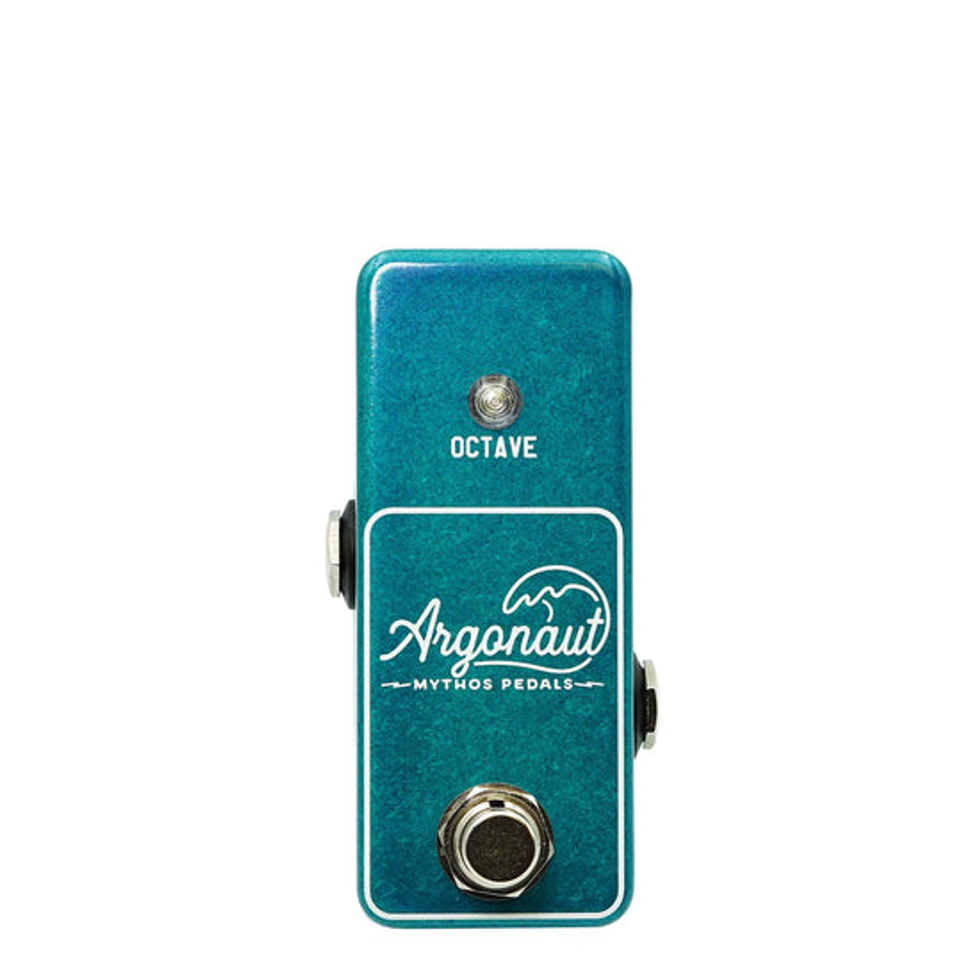
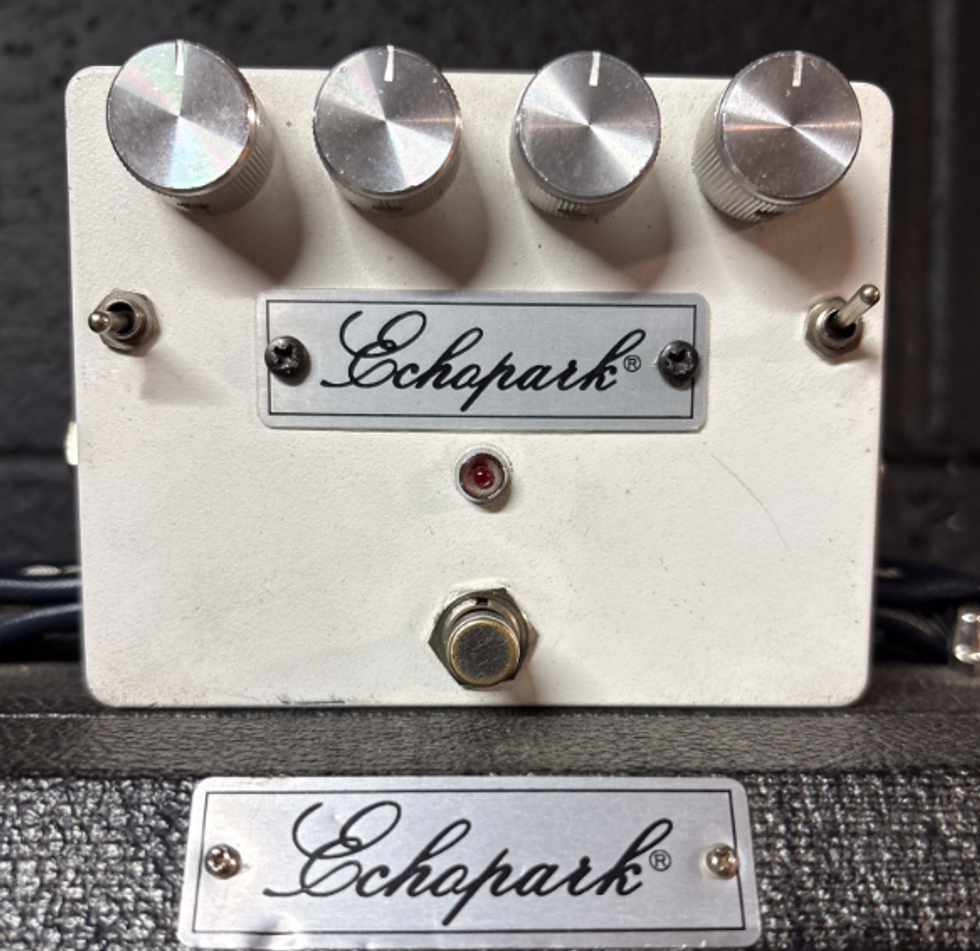
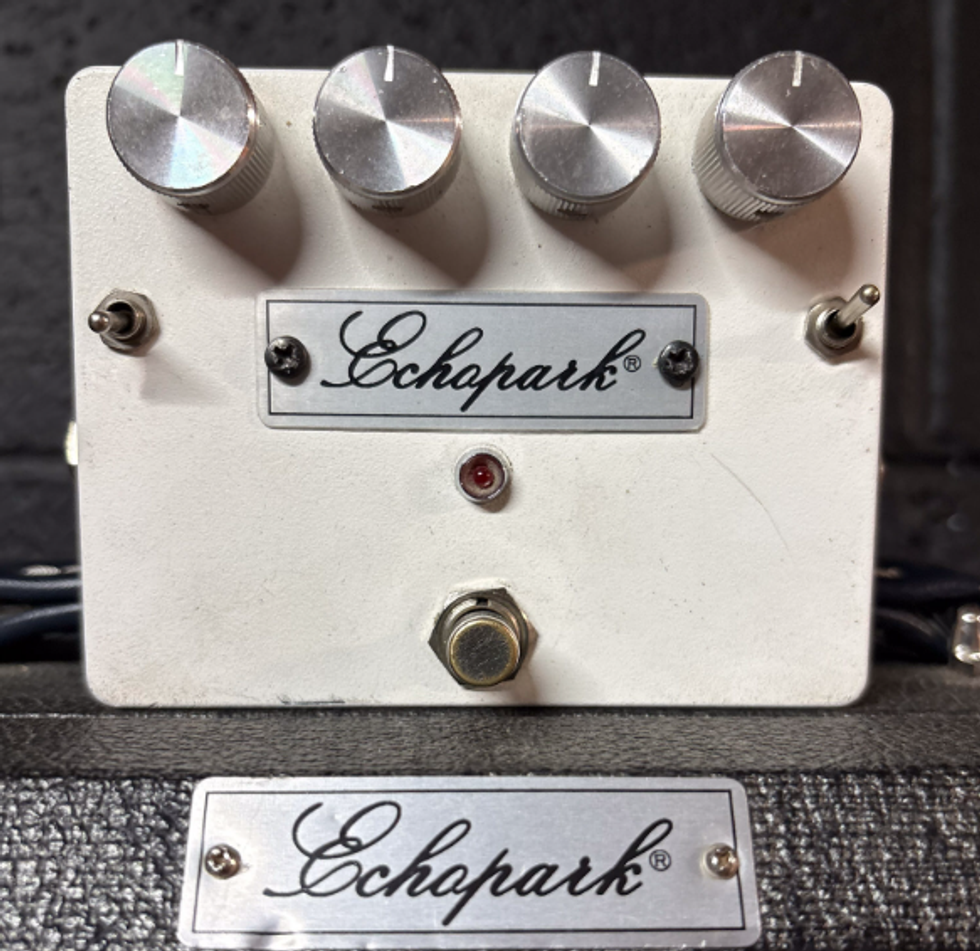
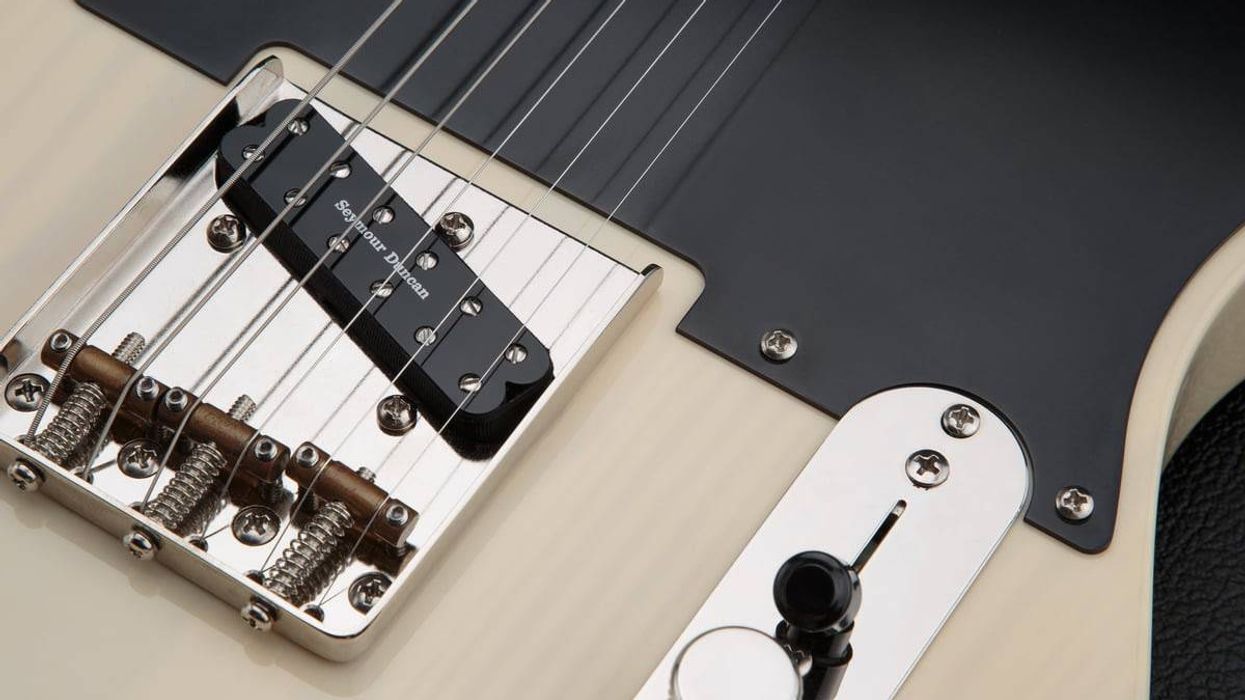
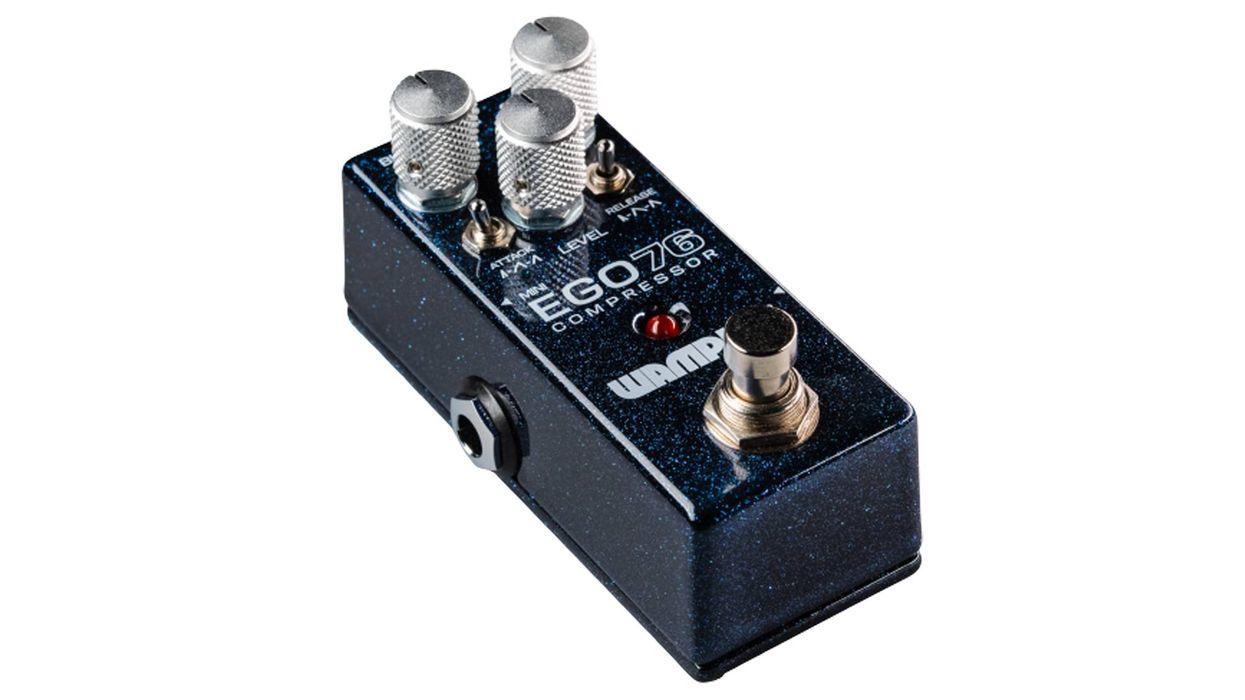
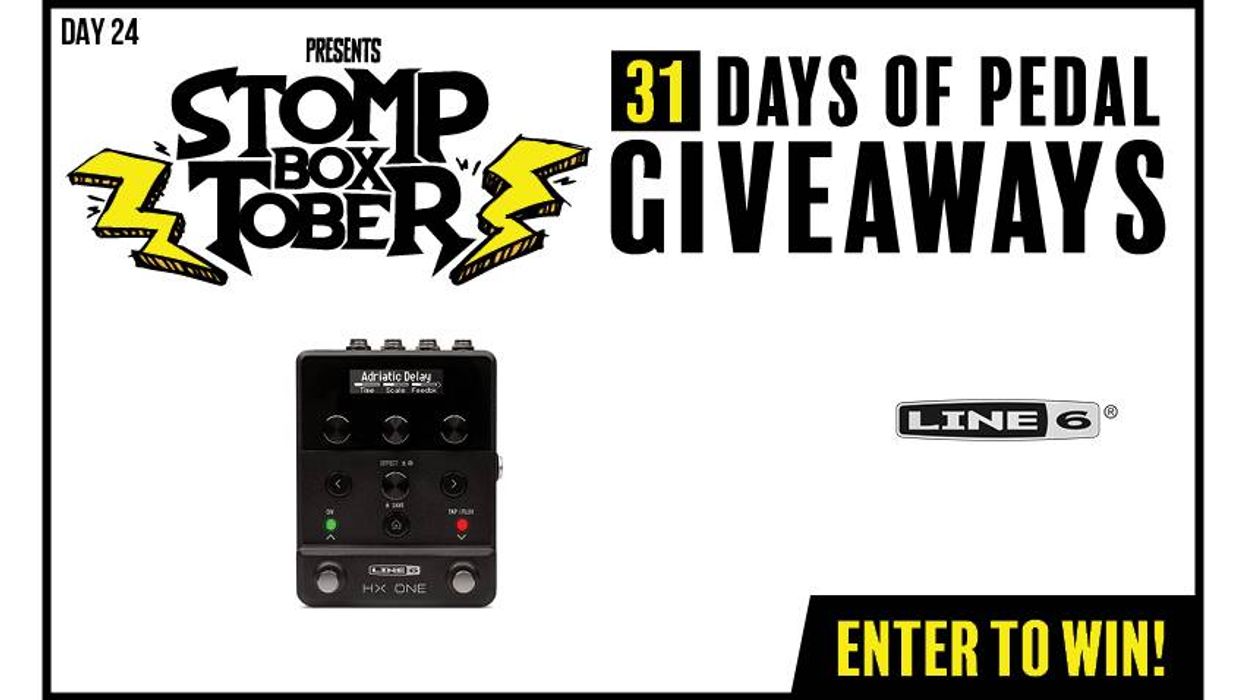

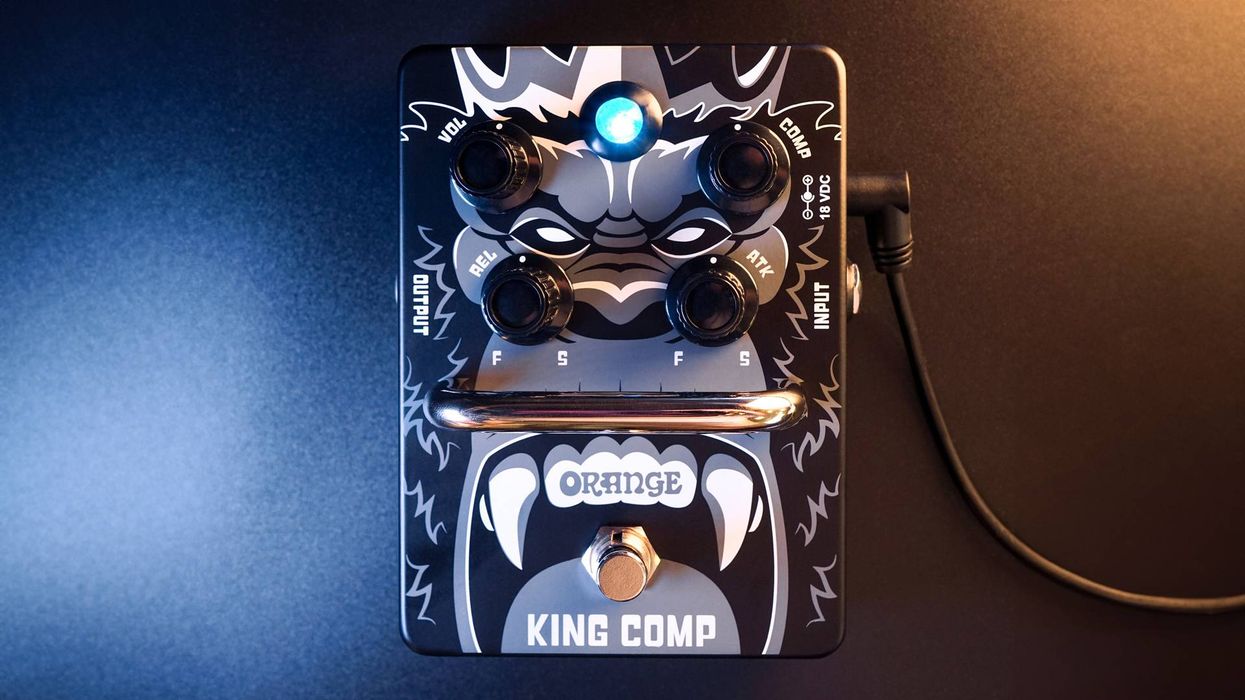
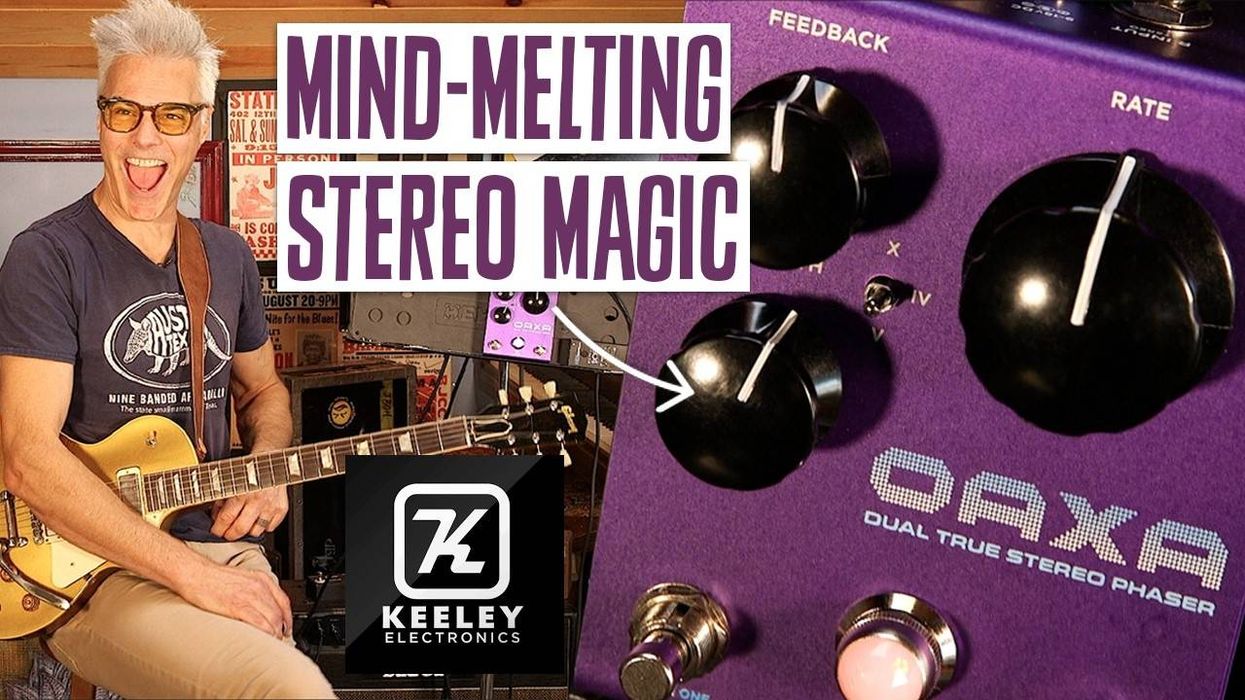

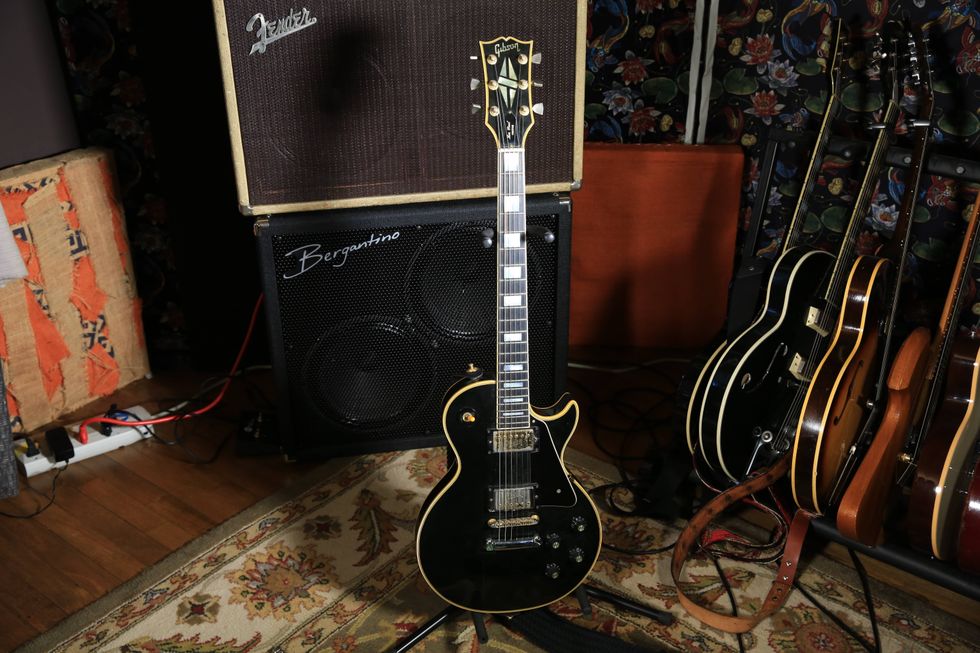
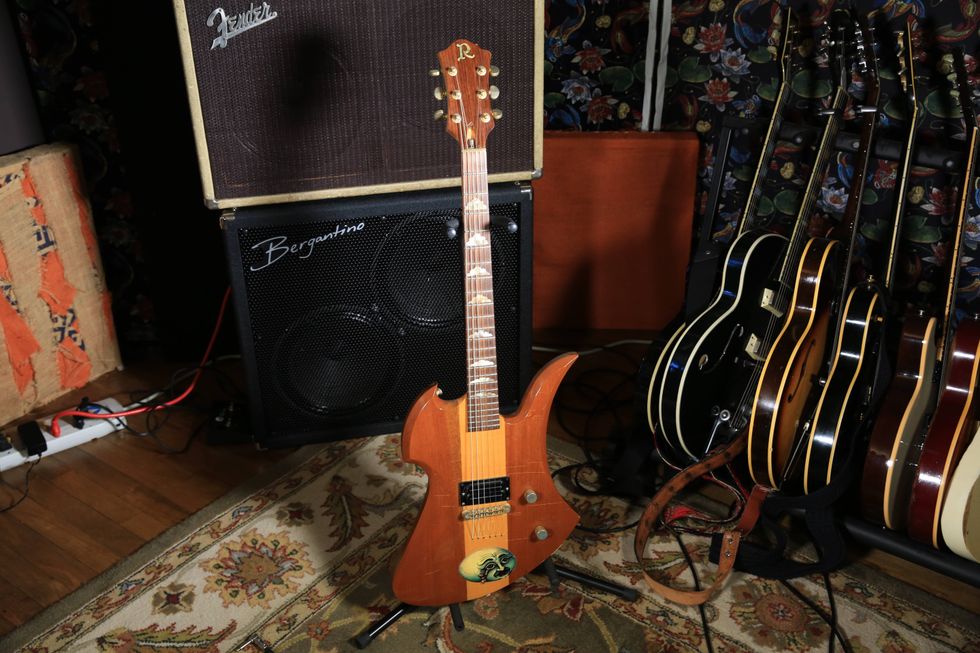
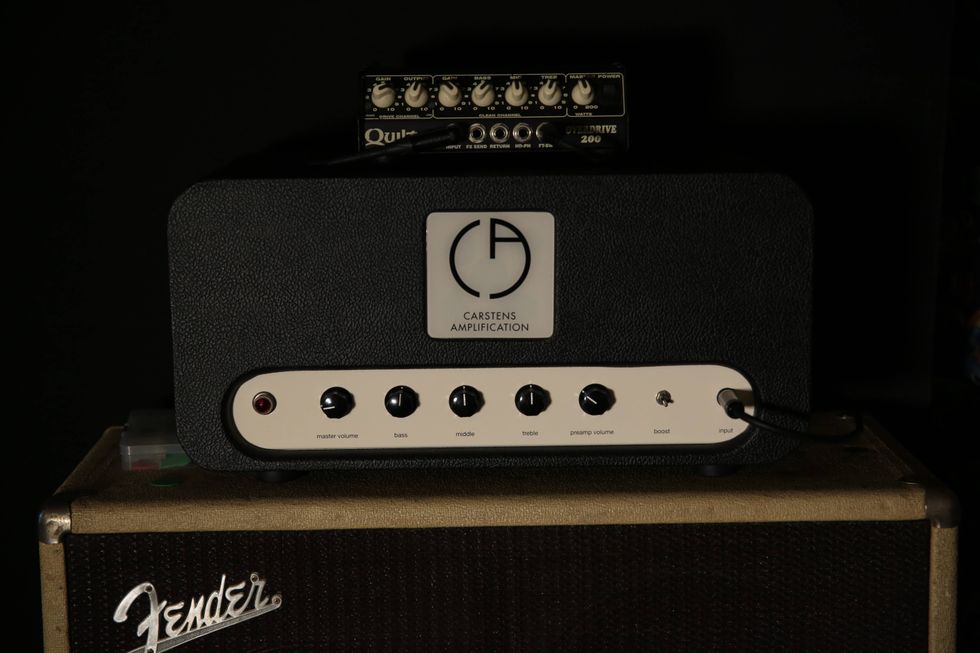
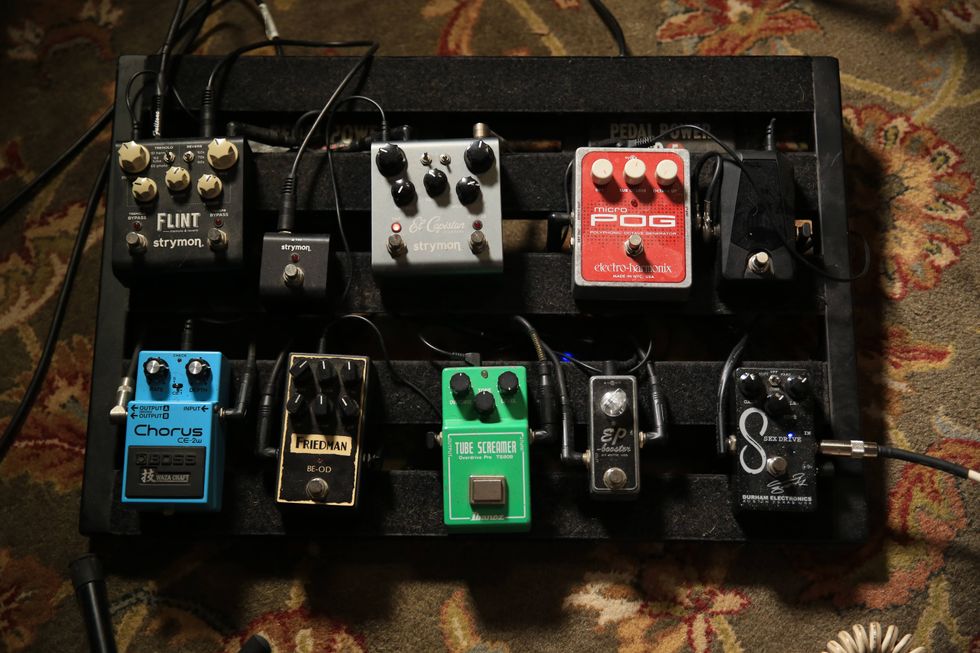
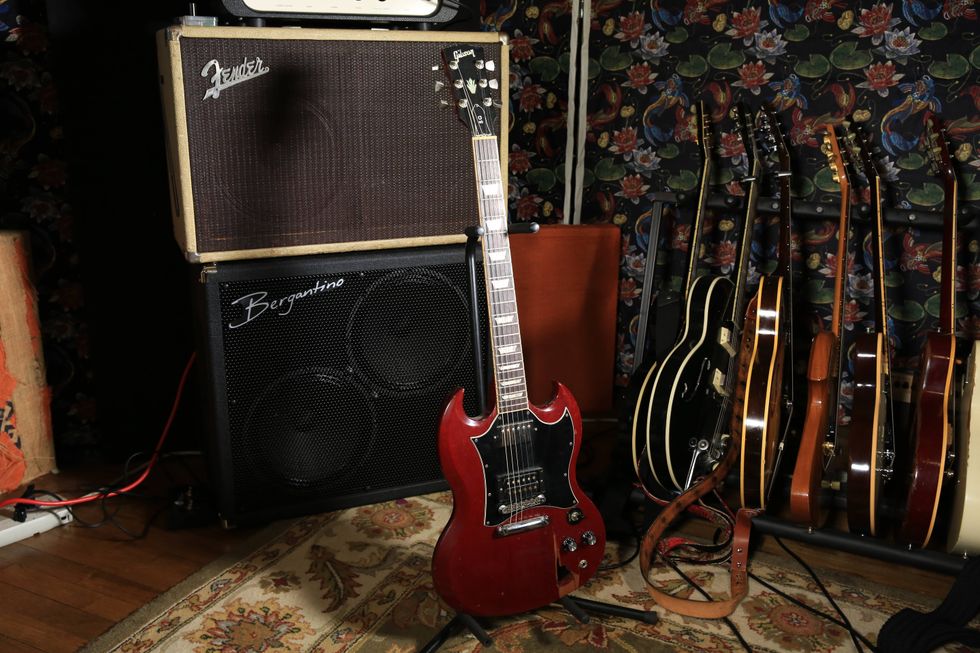
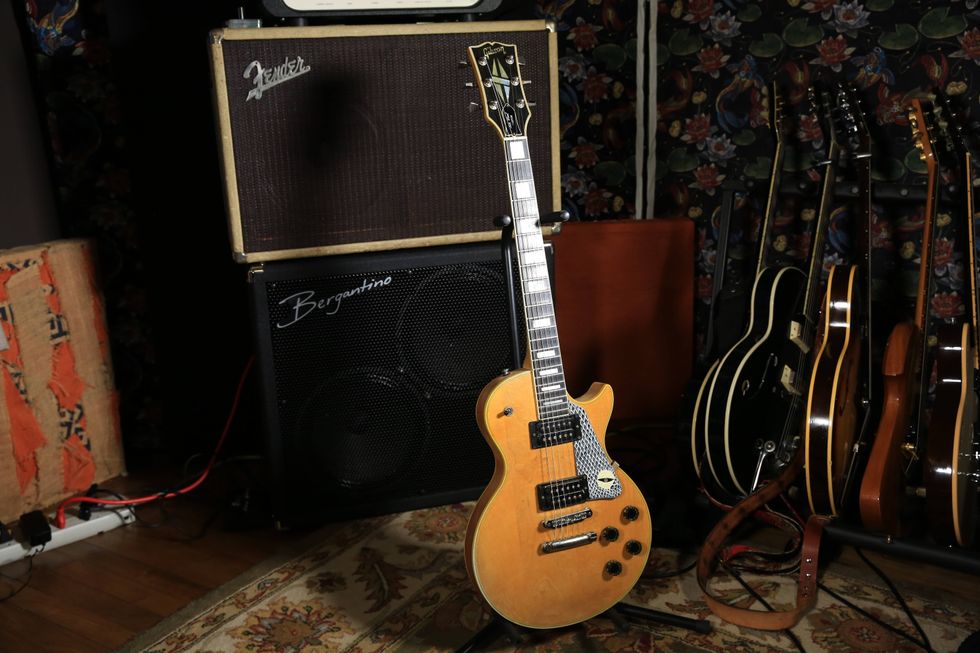
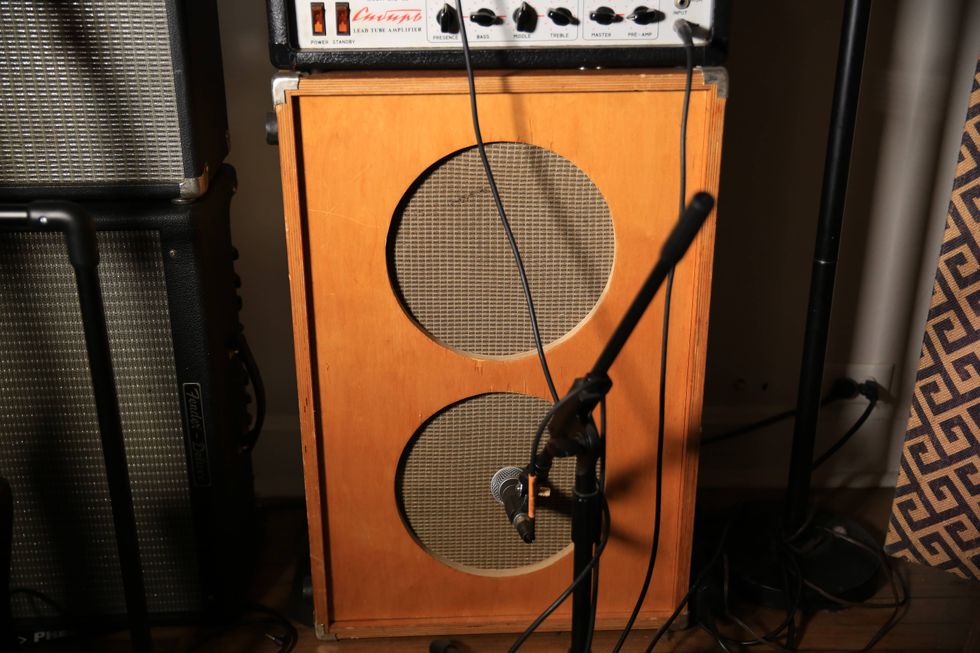
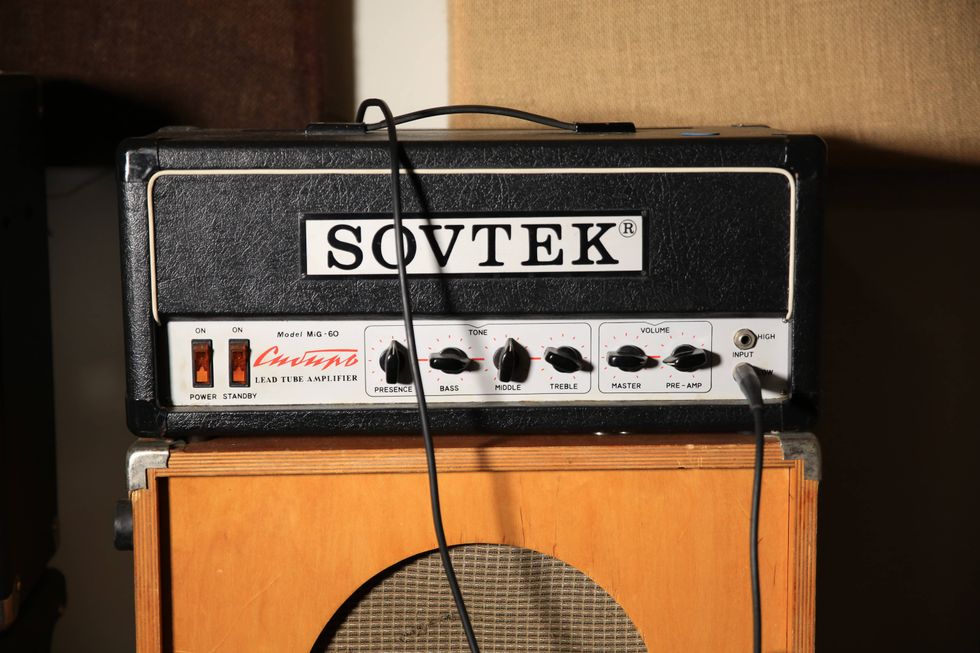 Zach loves his Sovtek Mig 60 head, which he plays through a cab he built himself at a pipe-organ shop in Denver. Every glue joint is lined with thin leather for maximum air tightness, and it’s stocked with Celestion G12M Greenback speakers.
Zach loves his Sovtek Mig 60 head, which he plays through a cab he built himself at a pipe-organ shop in Denver. Every glue joint is lined with thin leather for maximum air tightness, and it’s stocked with Celestion G12M Greenback speakers.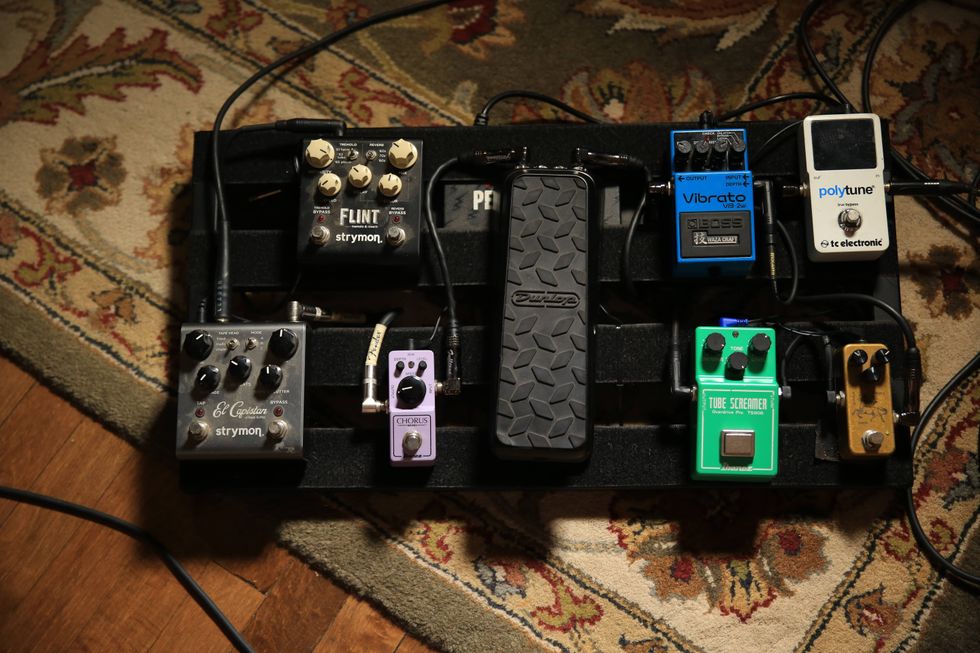
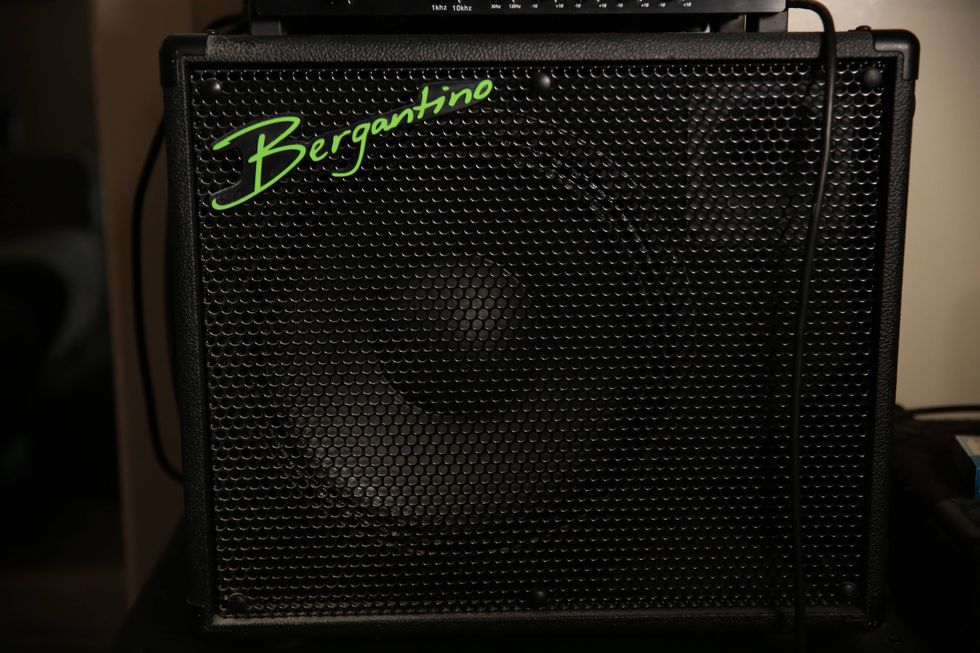
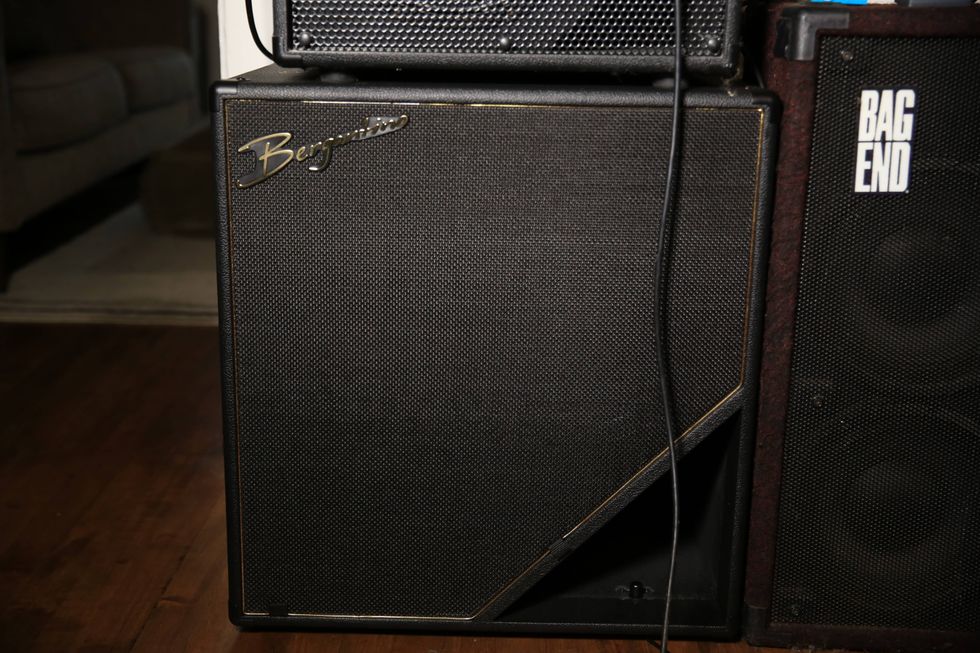
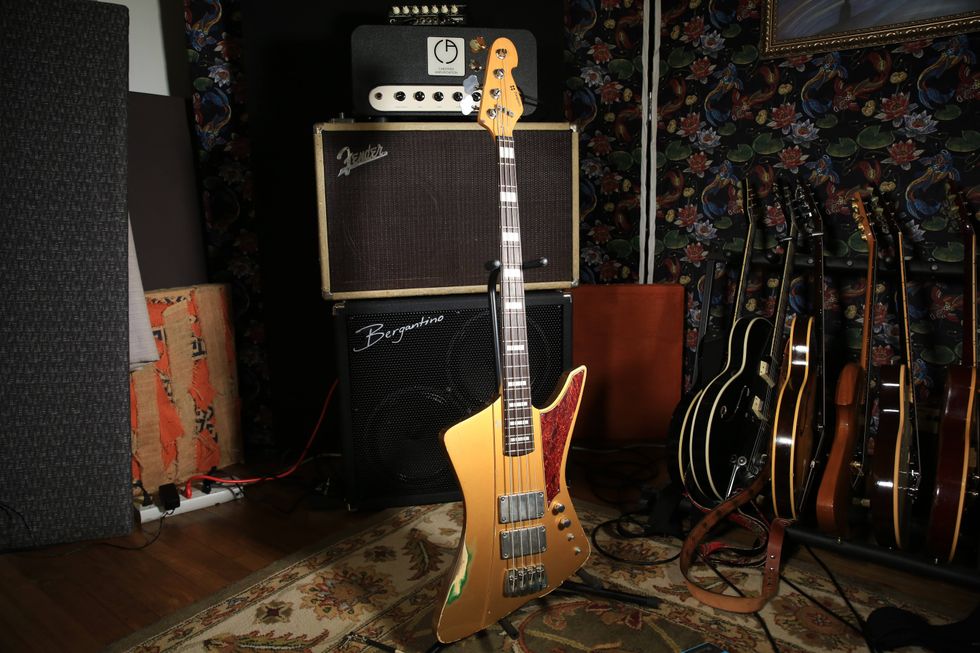
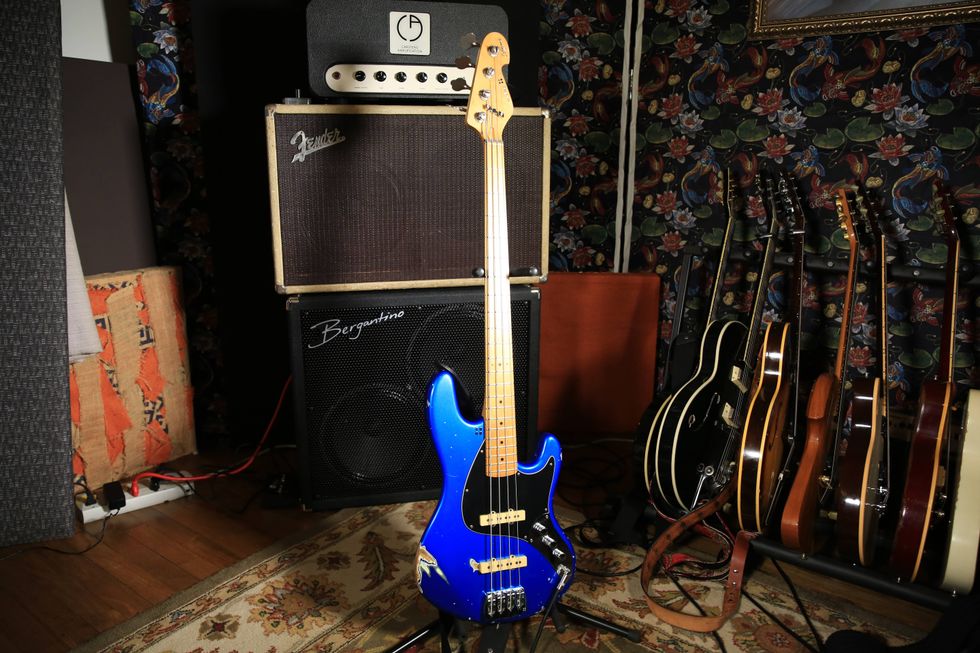
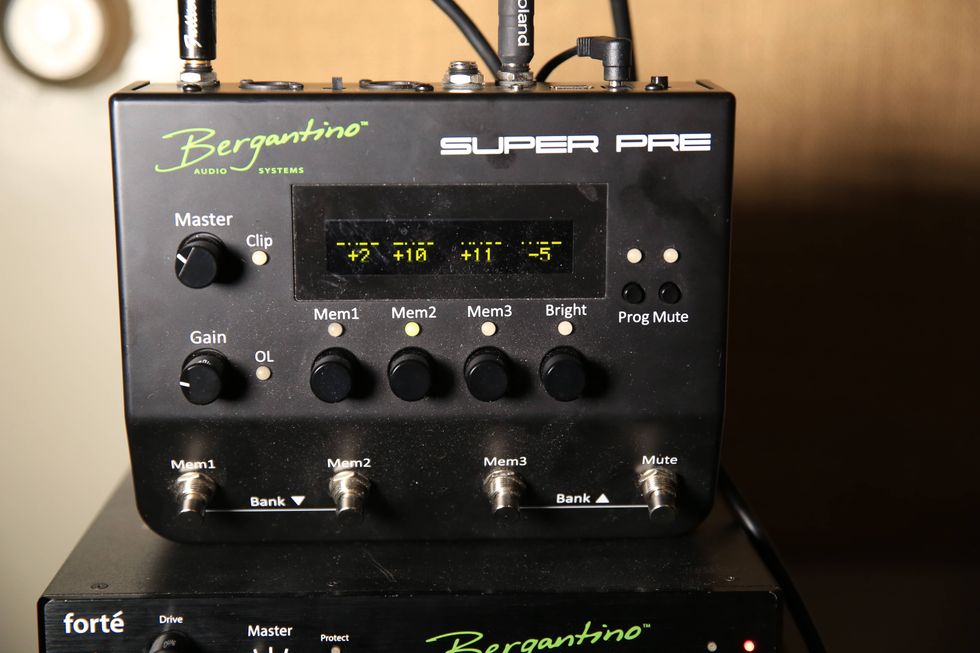
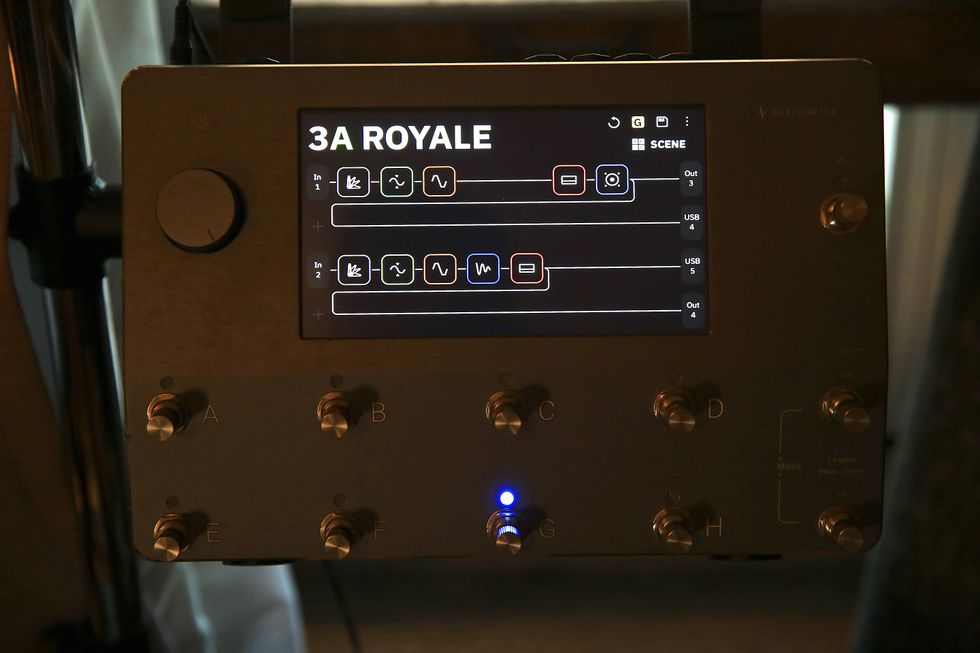

![Devon Eisenbarger [Katy Perry] Rig Rundown](https://www.premierguitar.com/media-library/youtube.jpg?id=61774583&width=1245&height=700&quality=70&coordinates=0%2C0%2C0%2C0)
